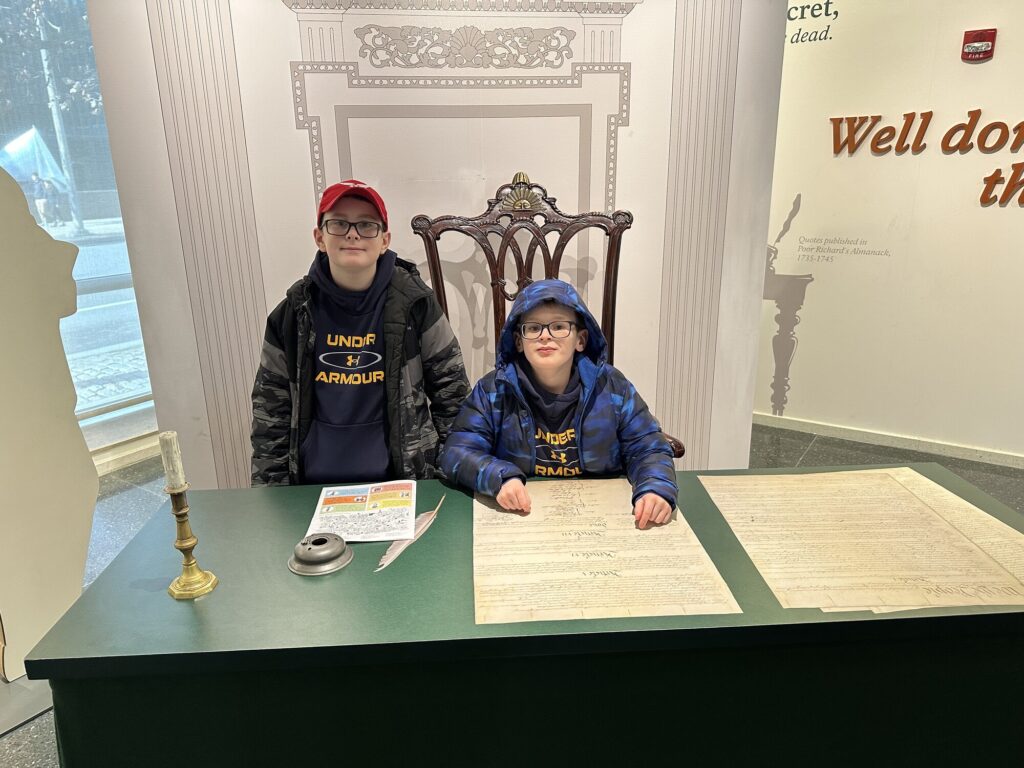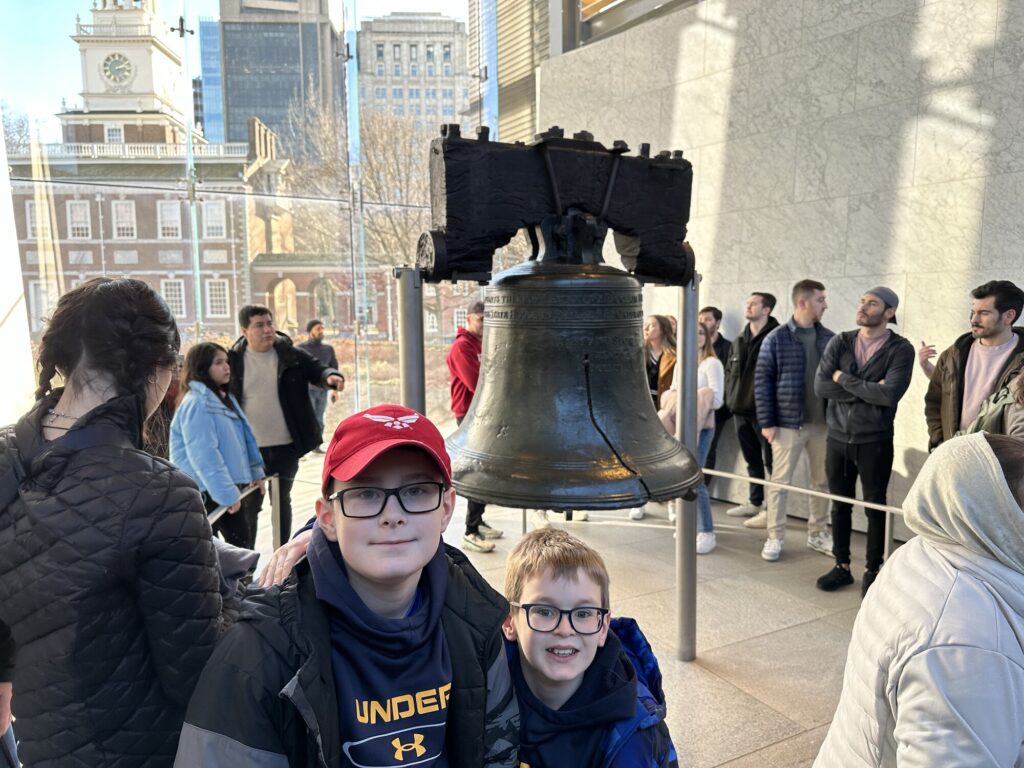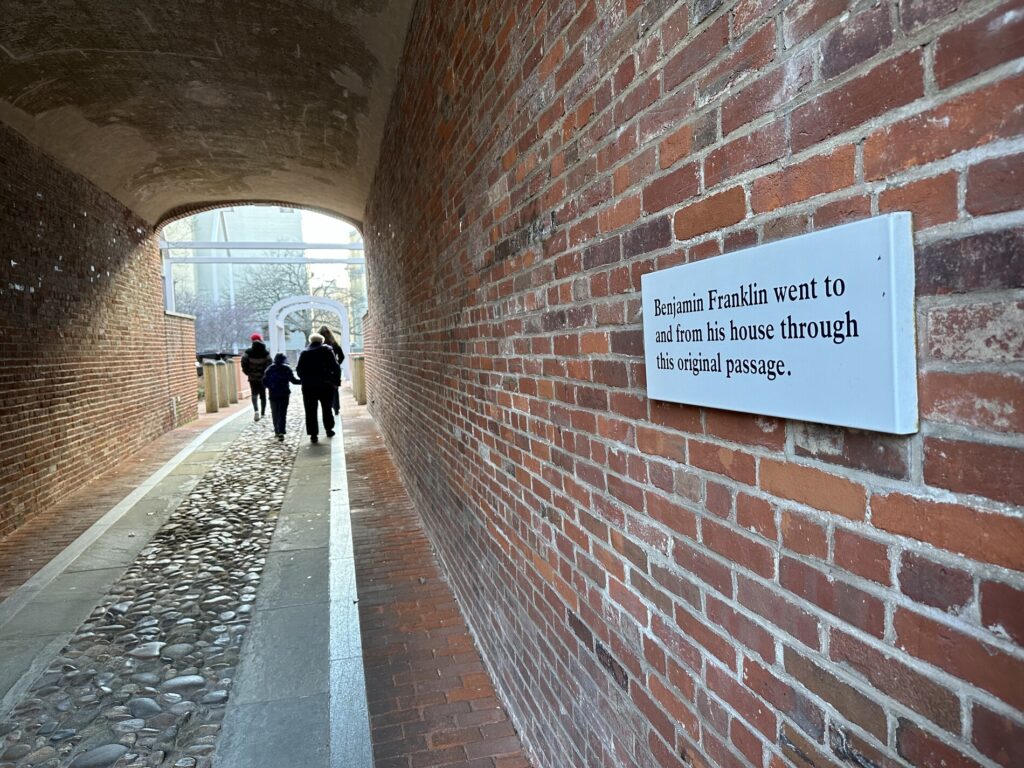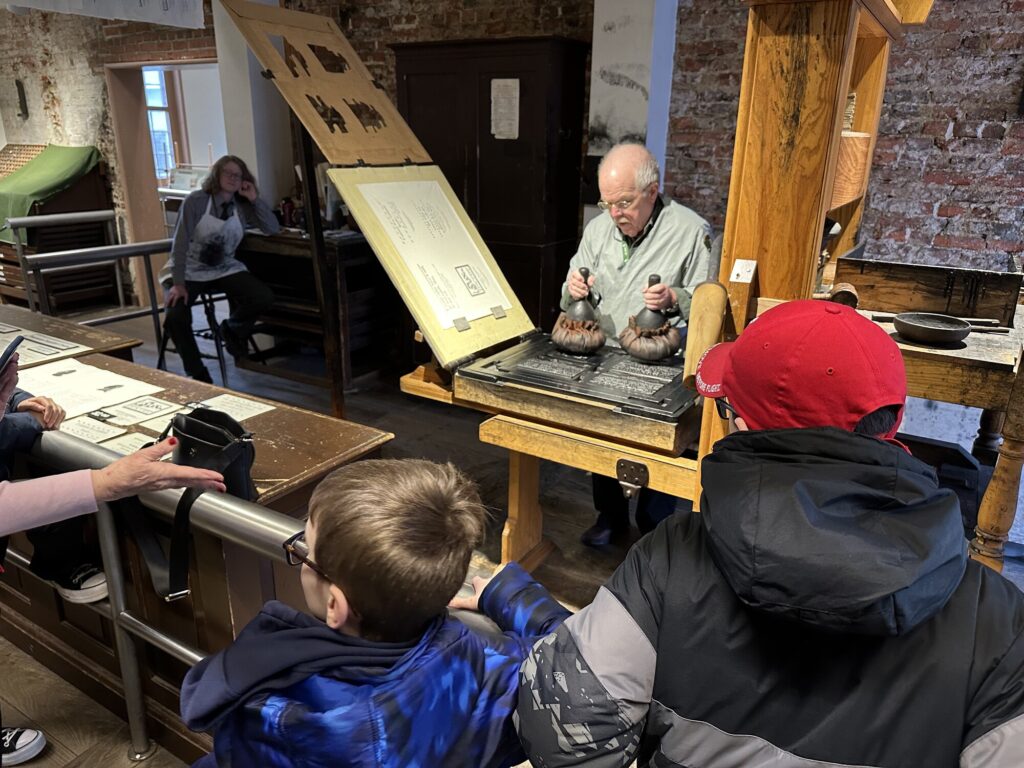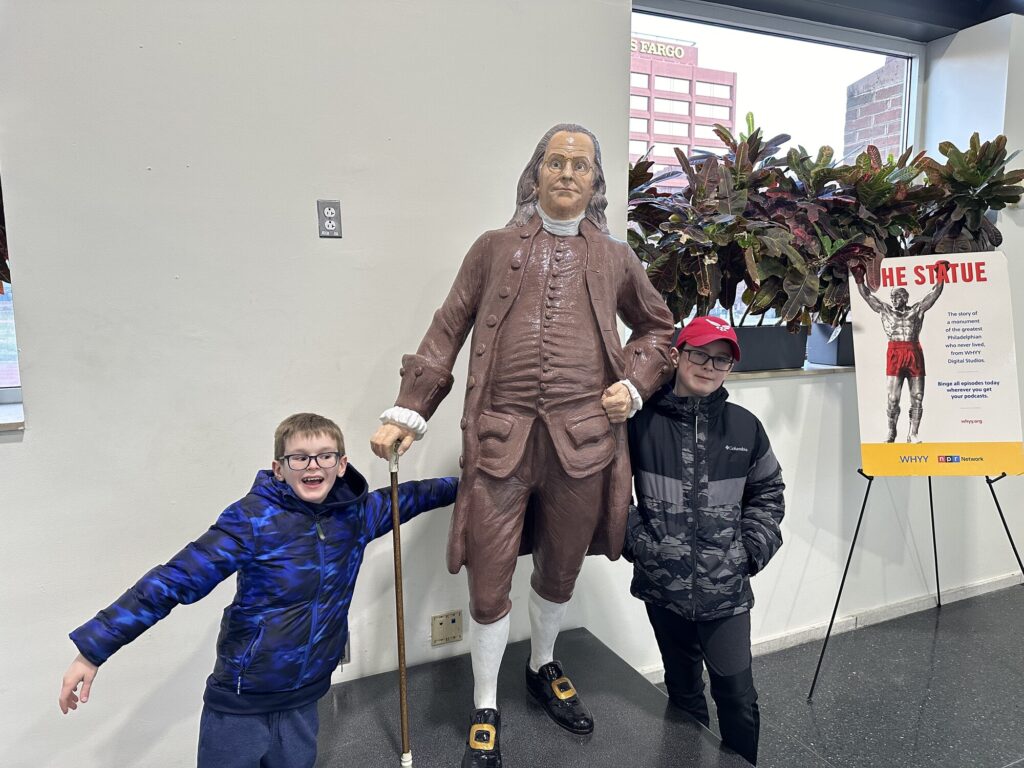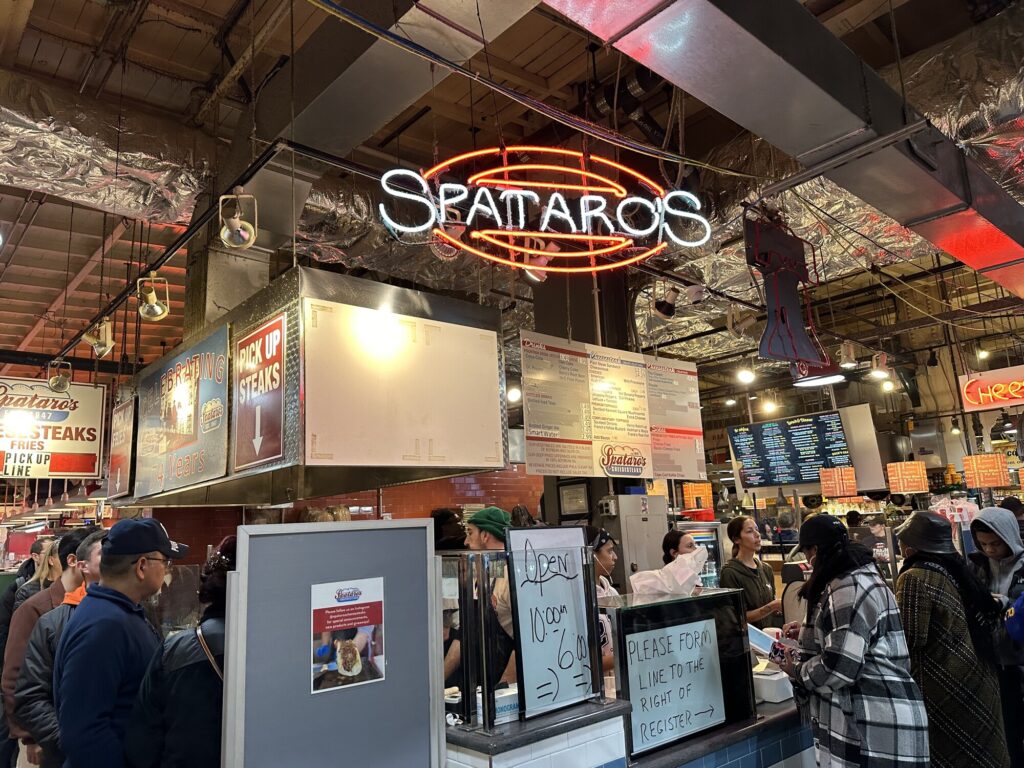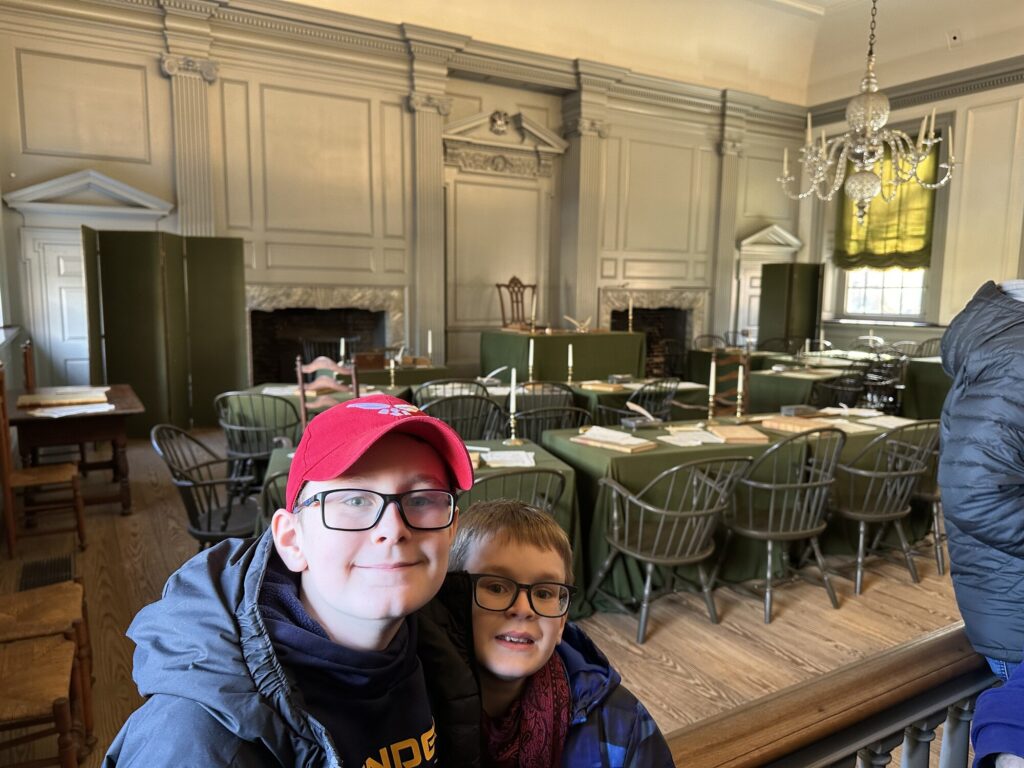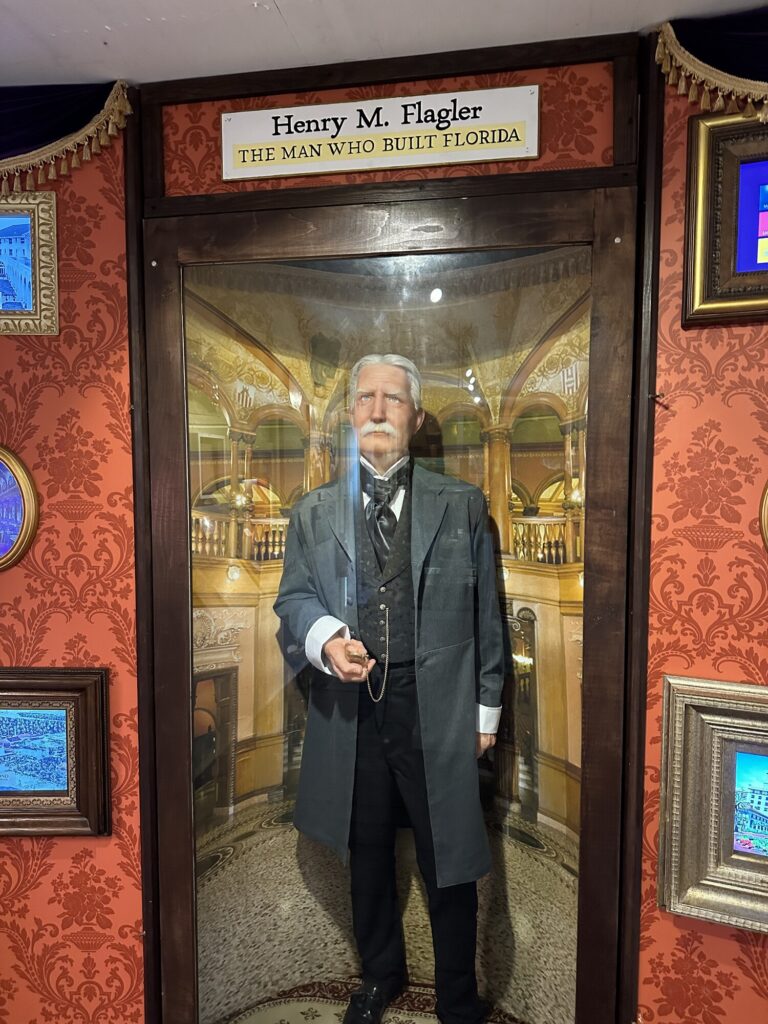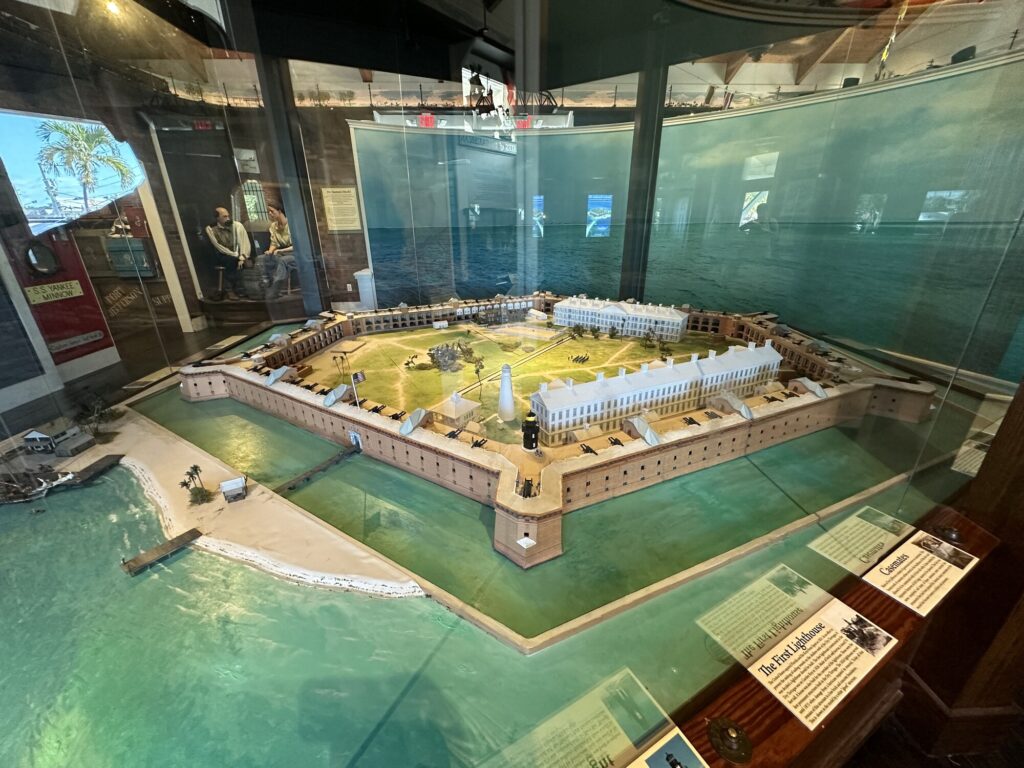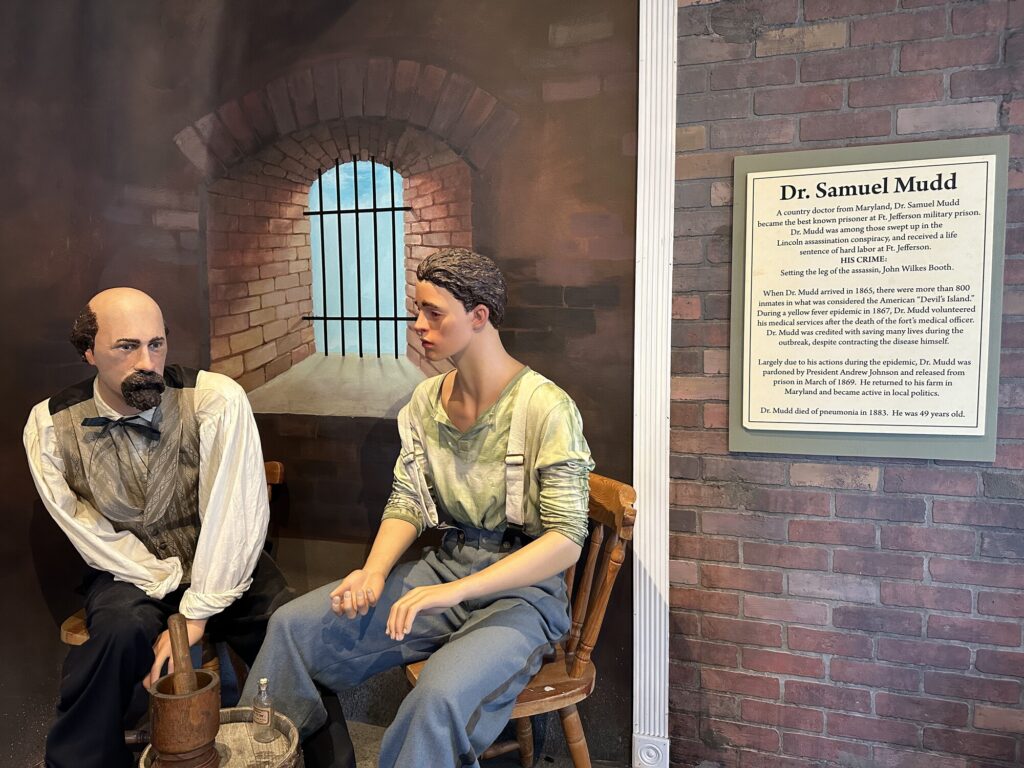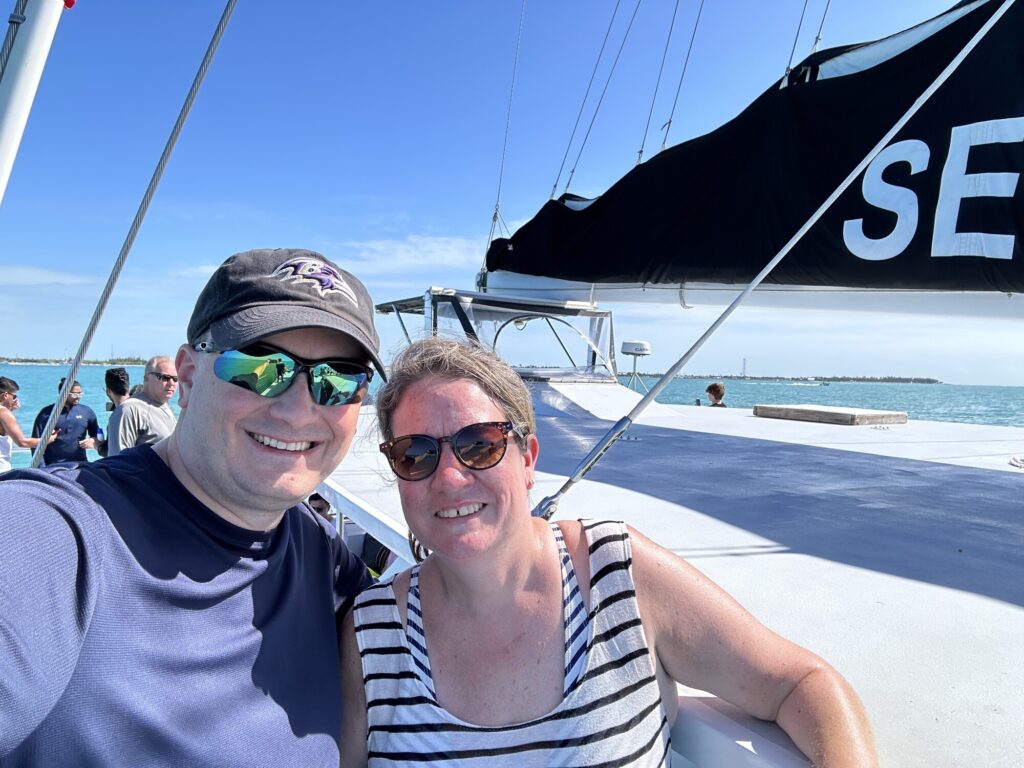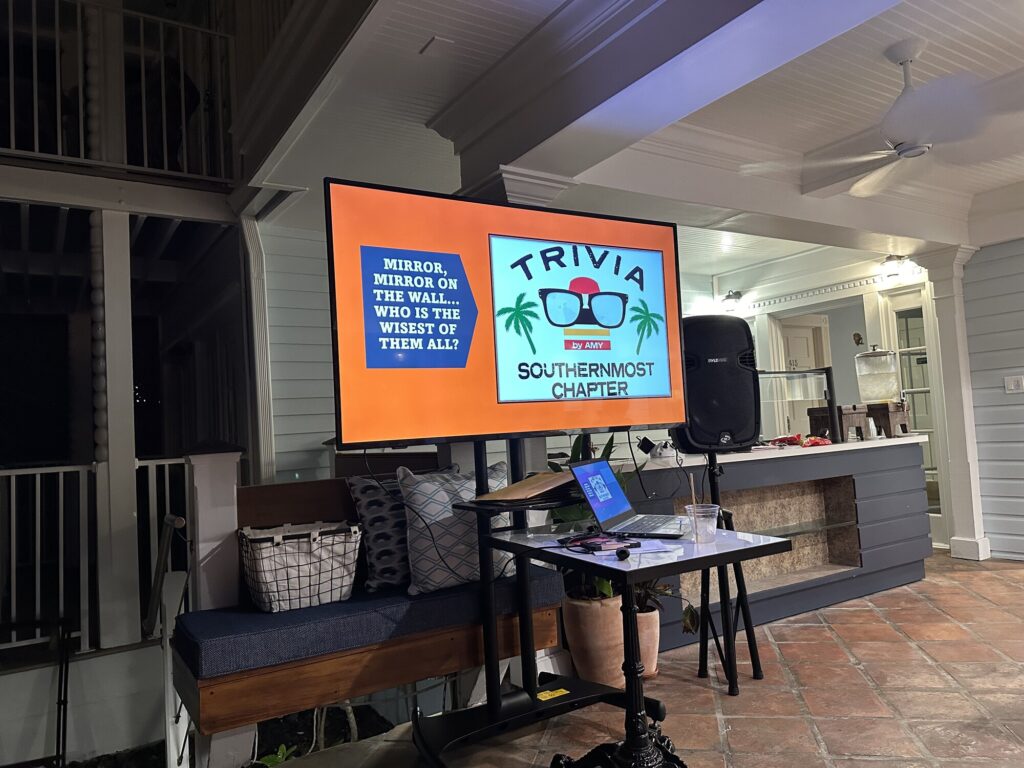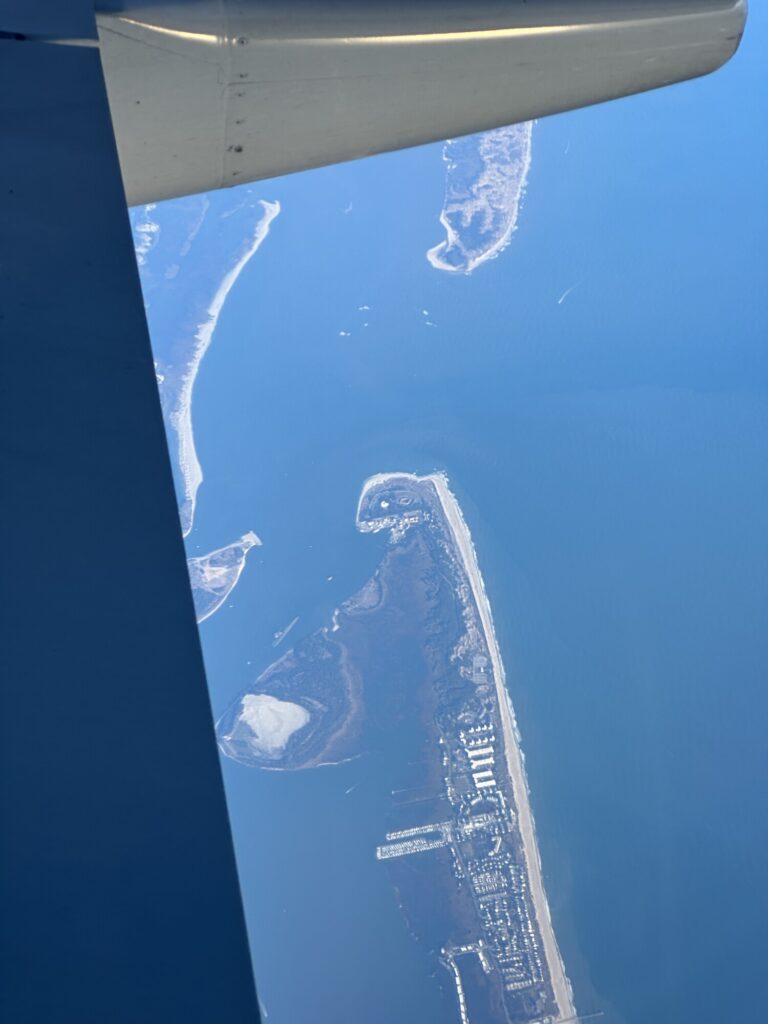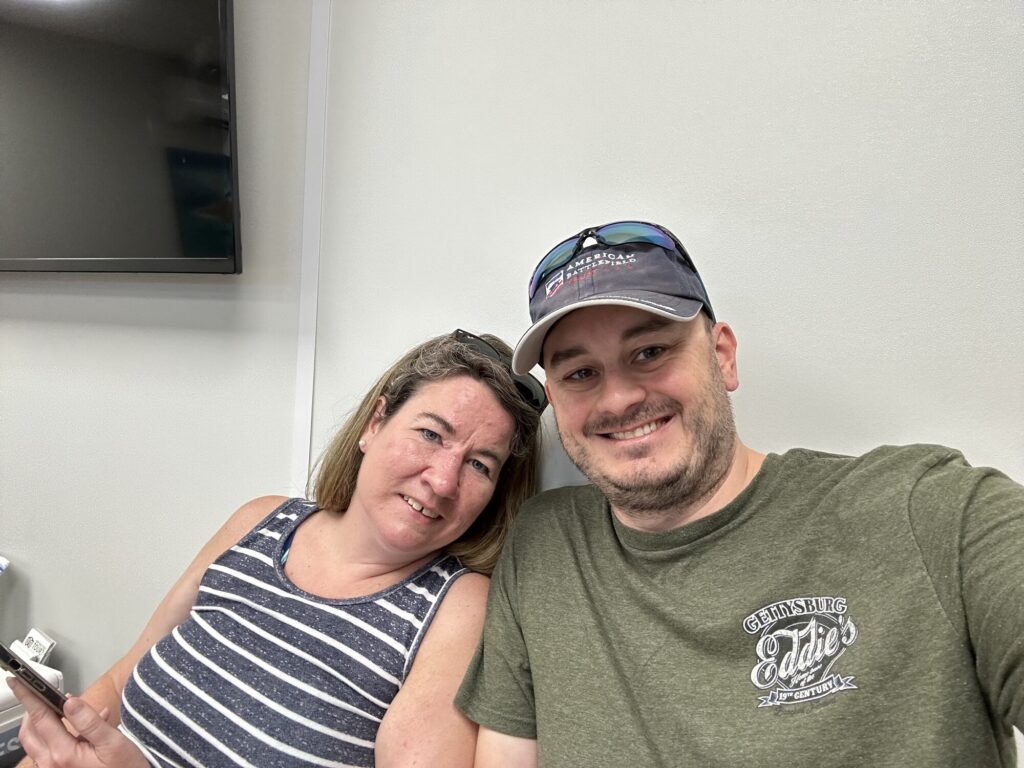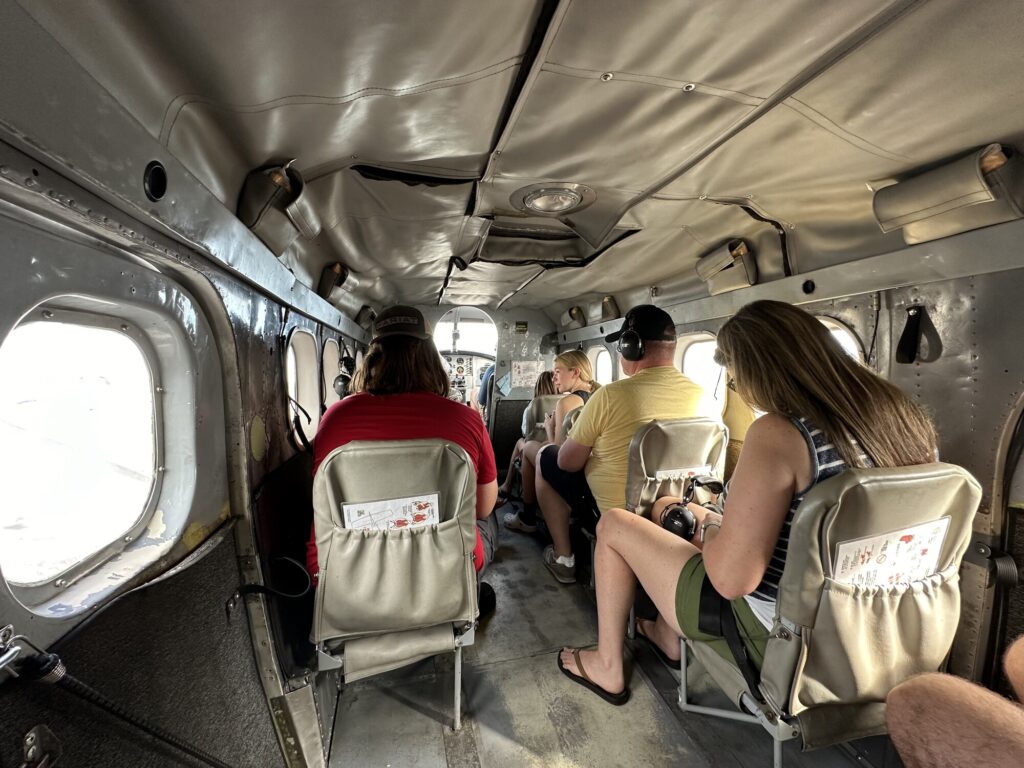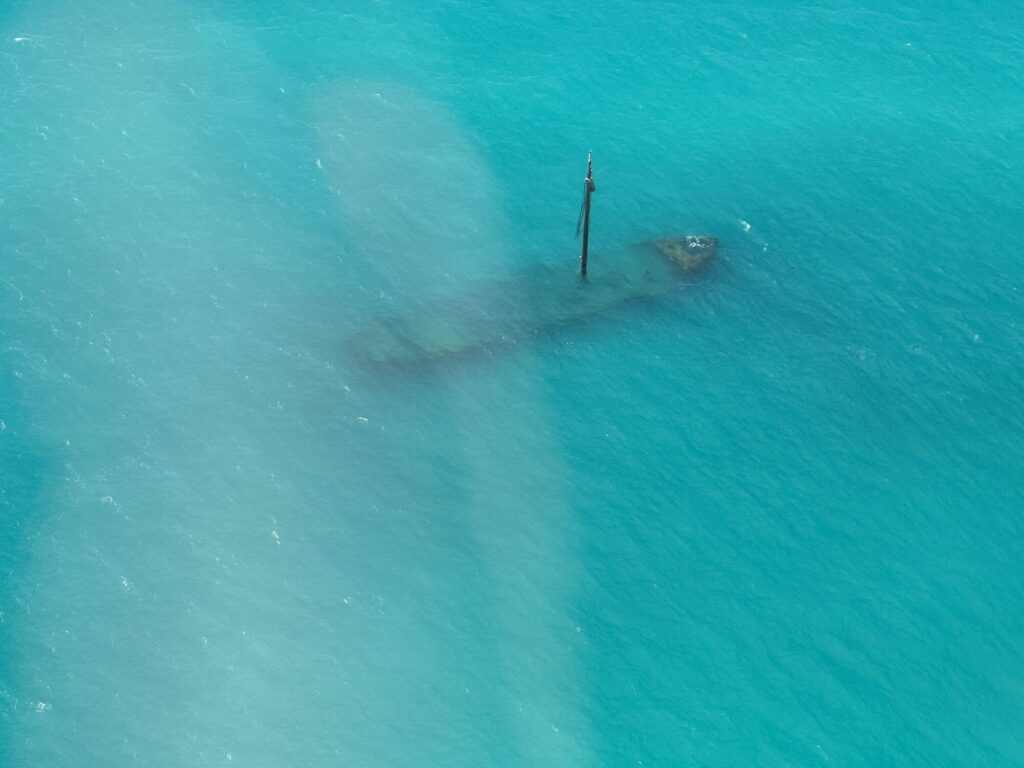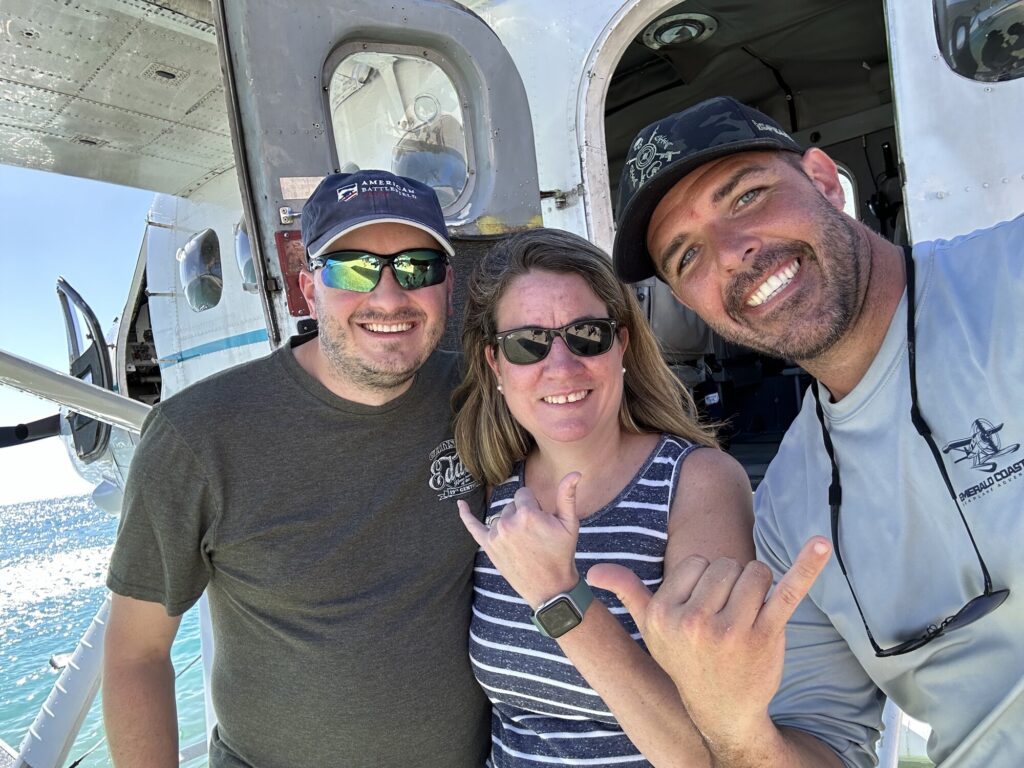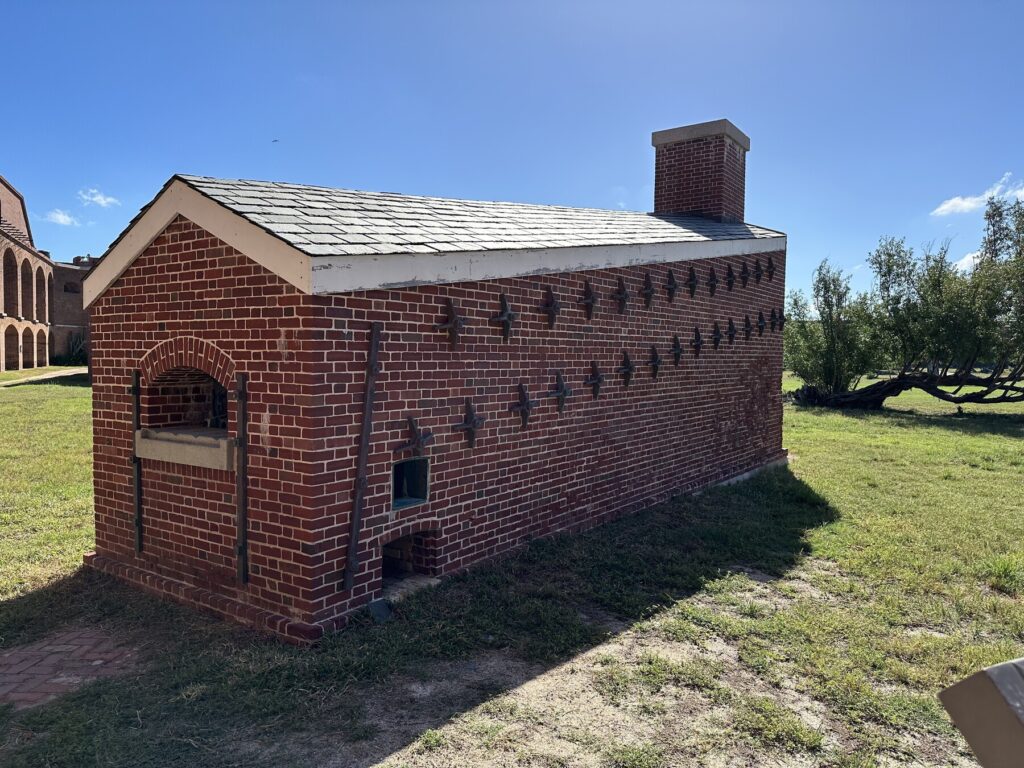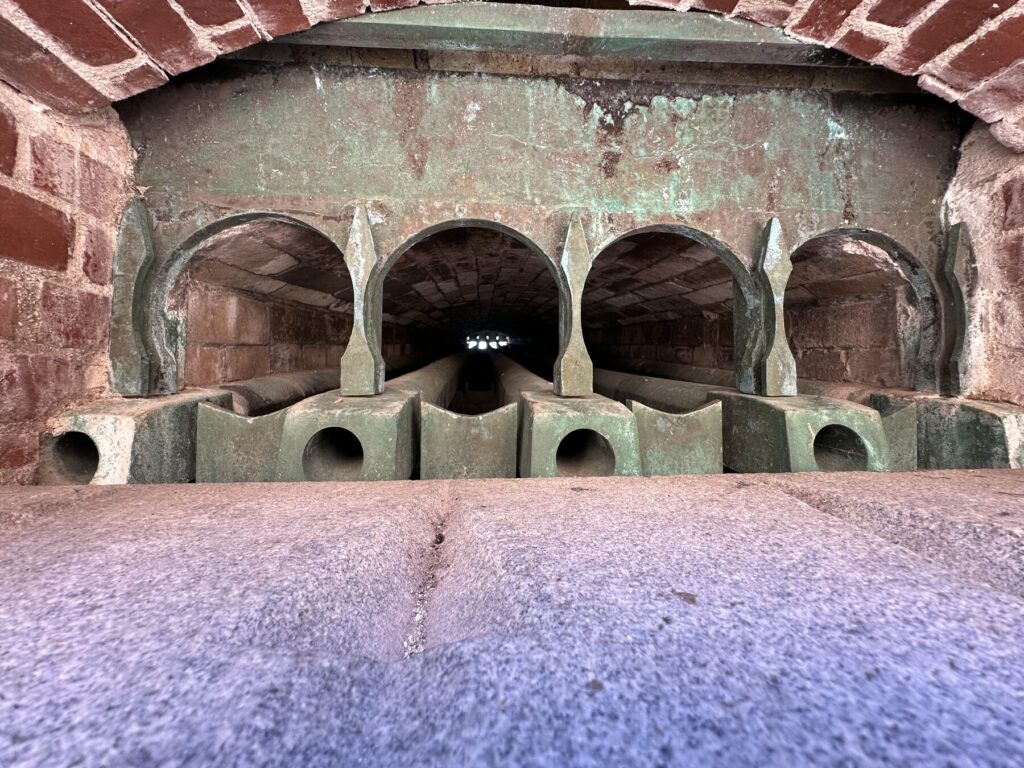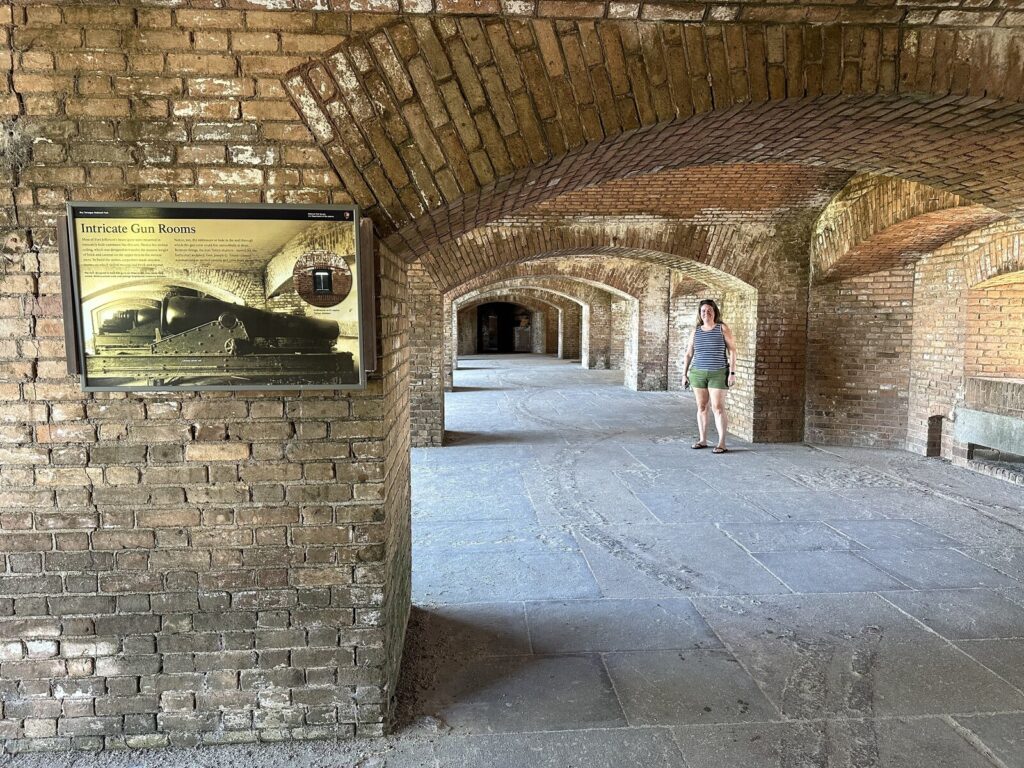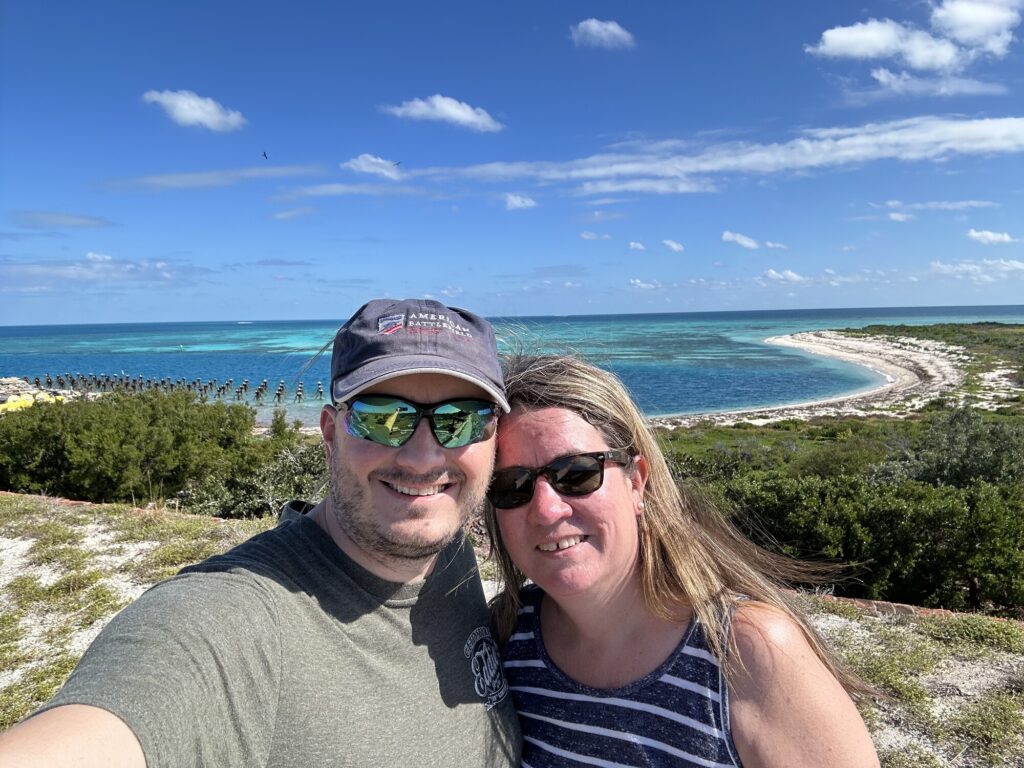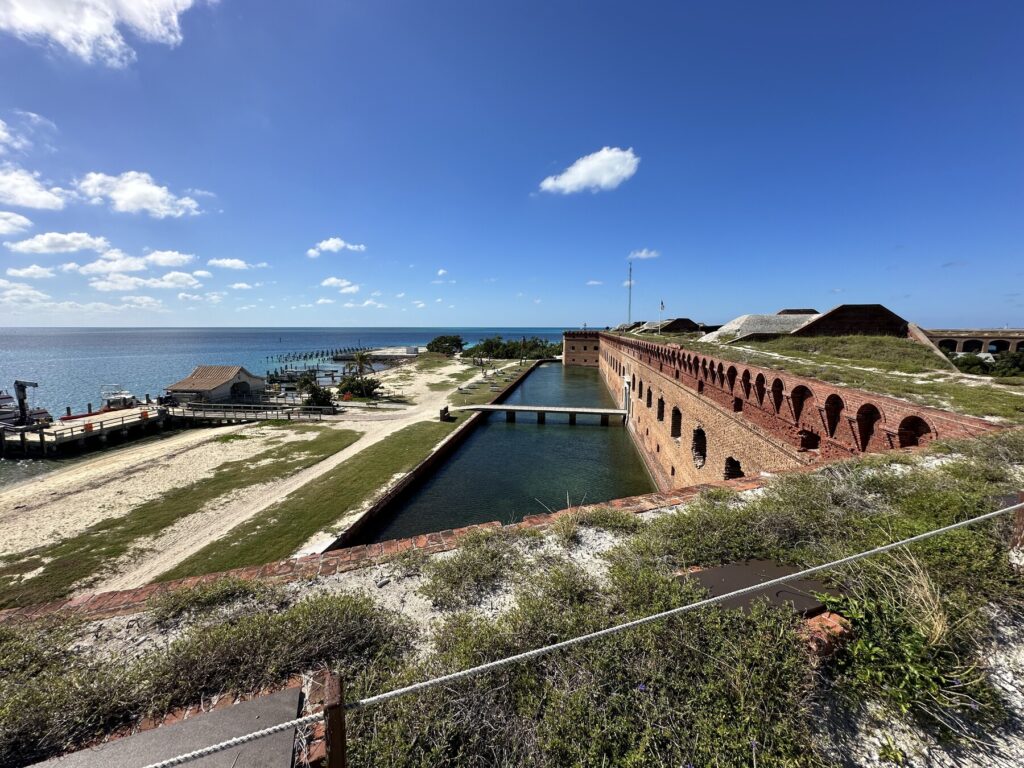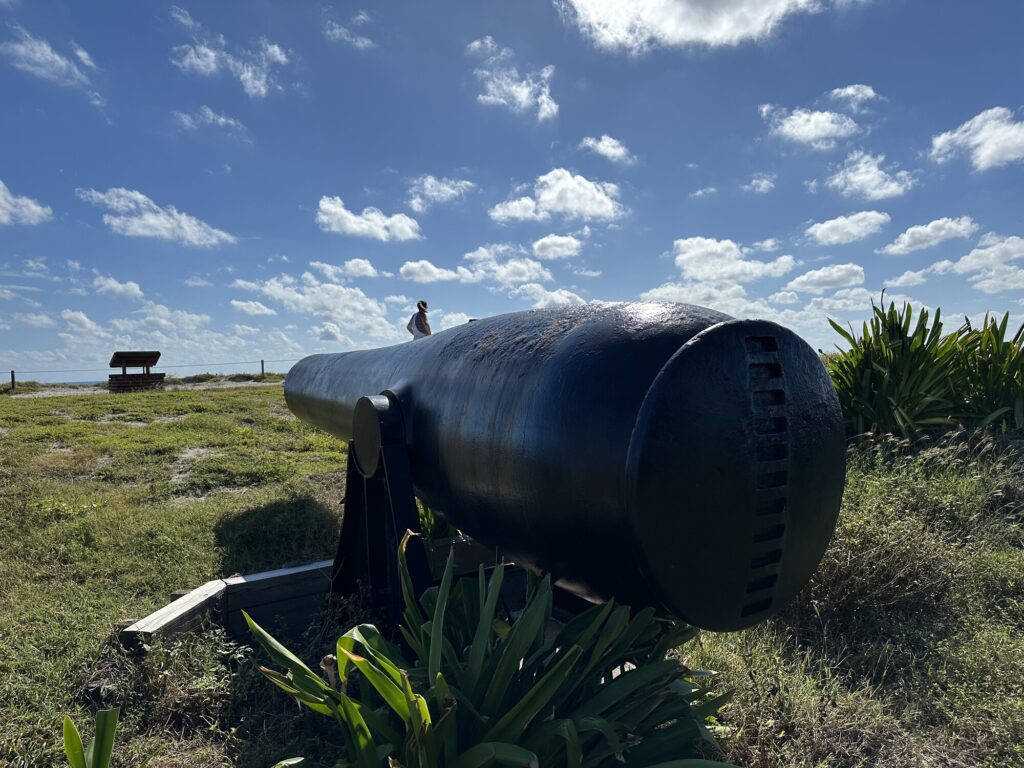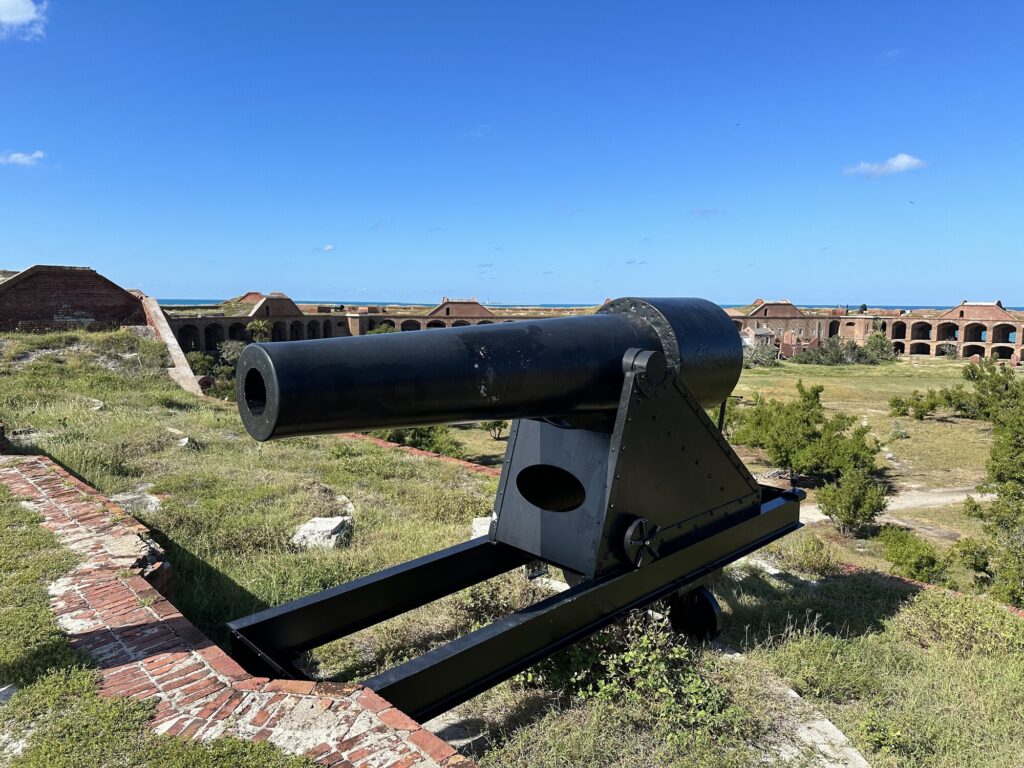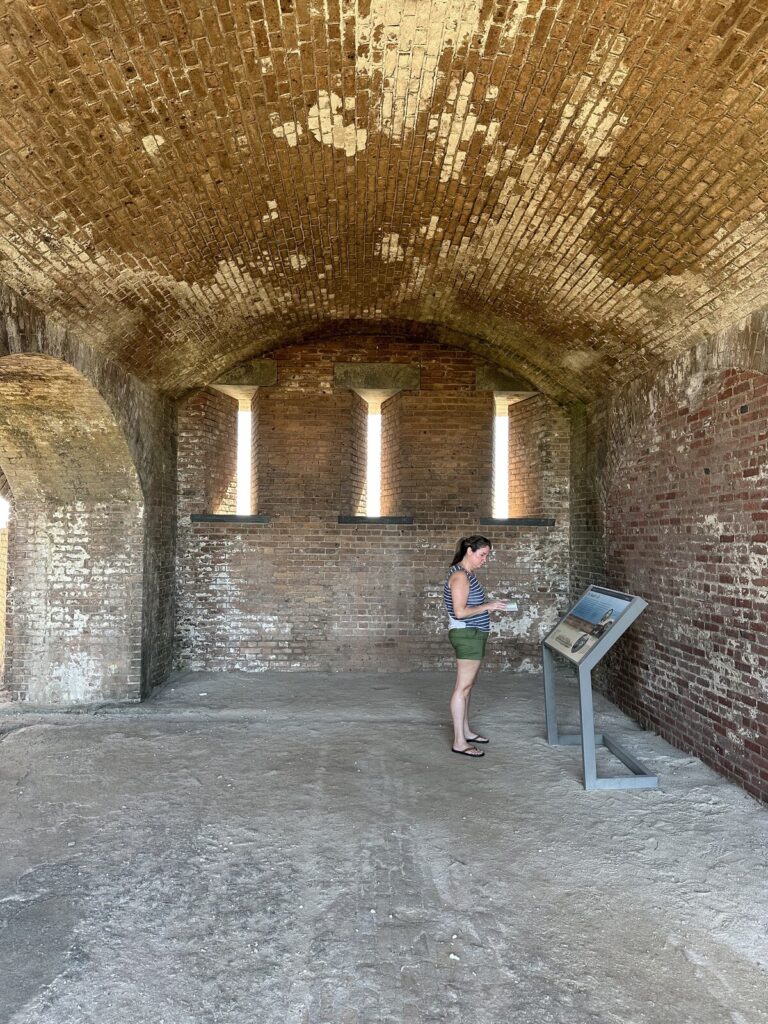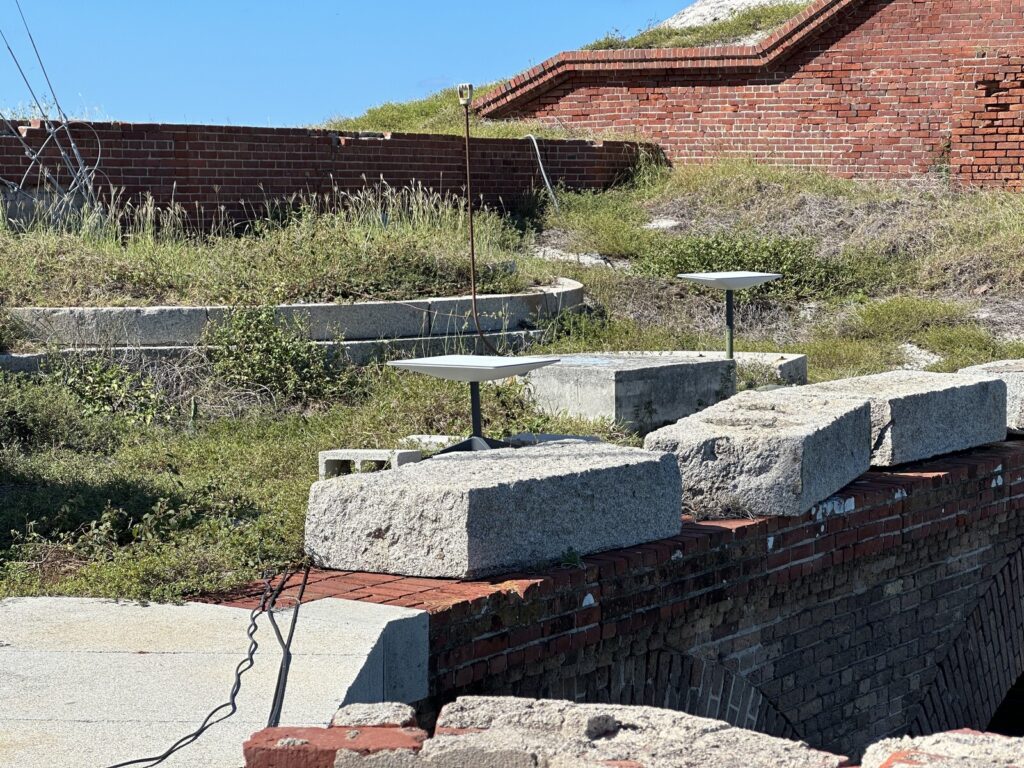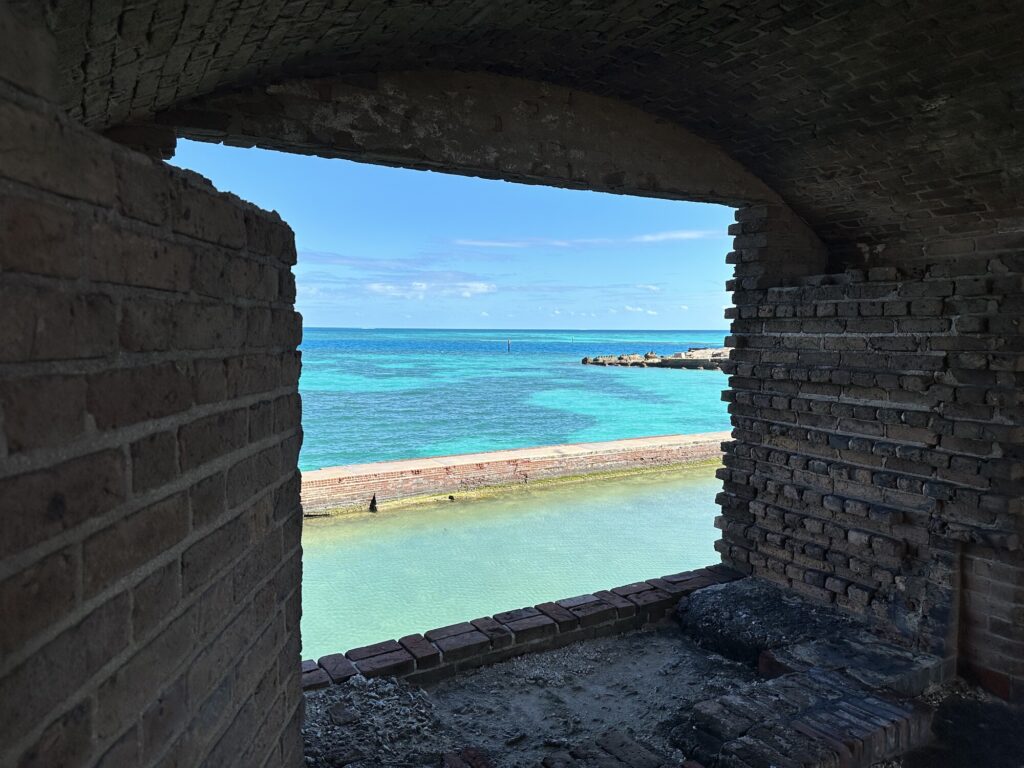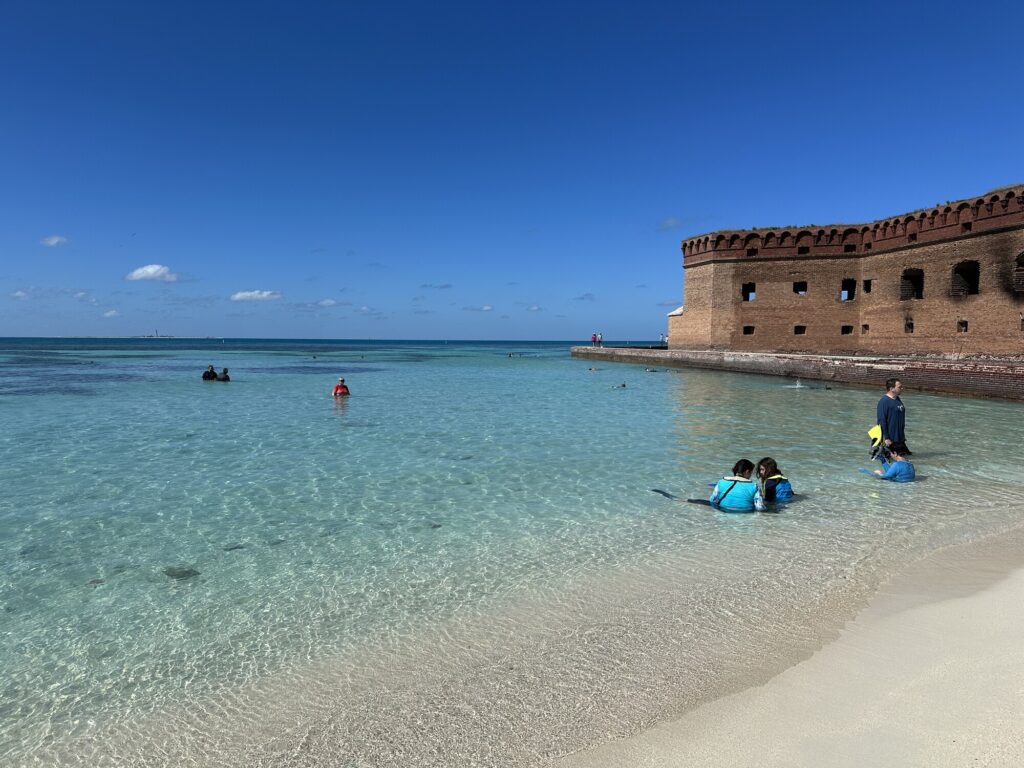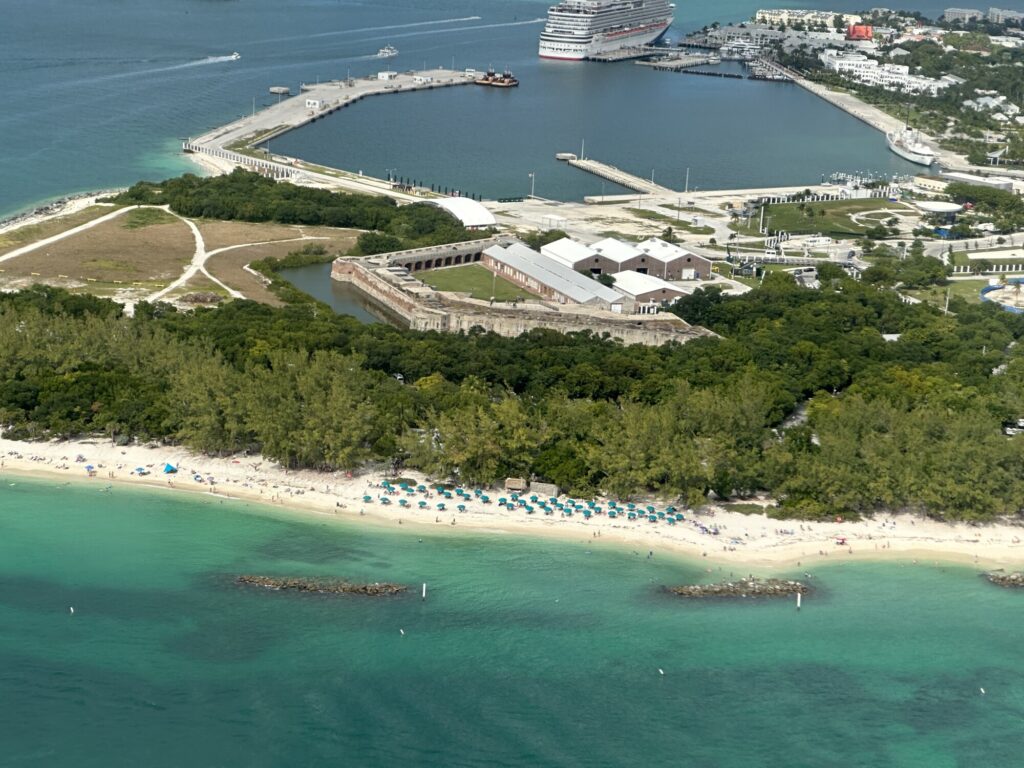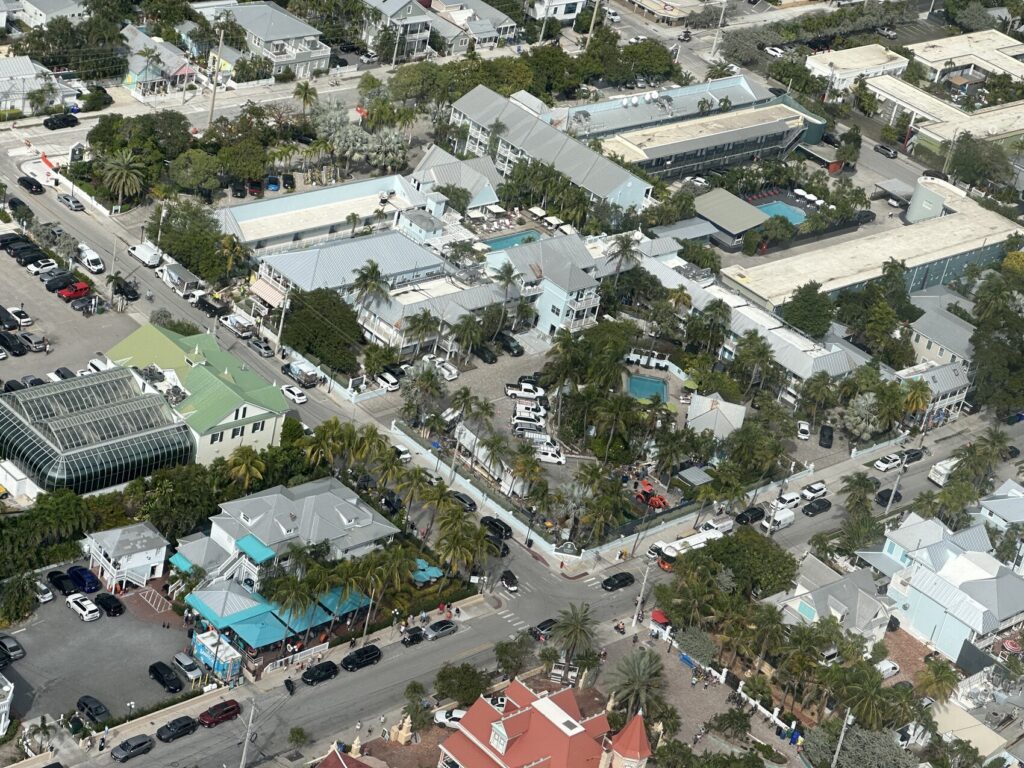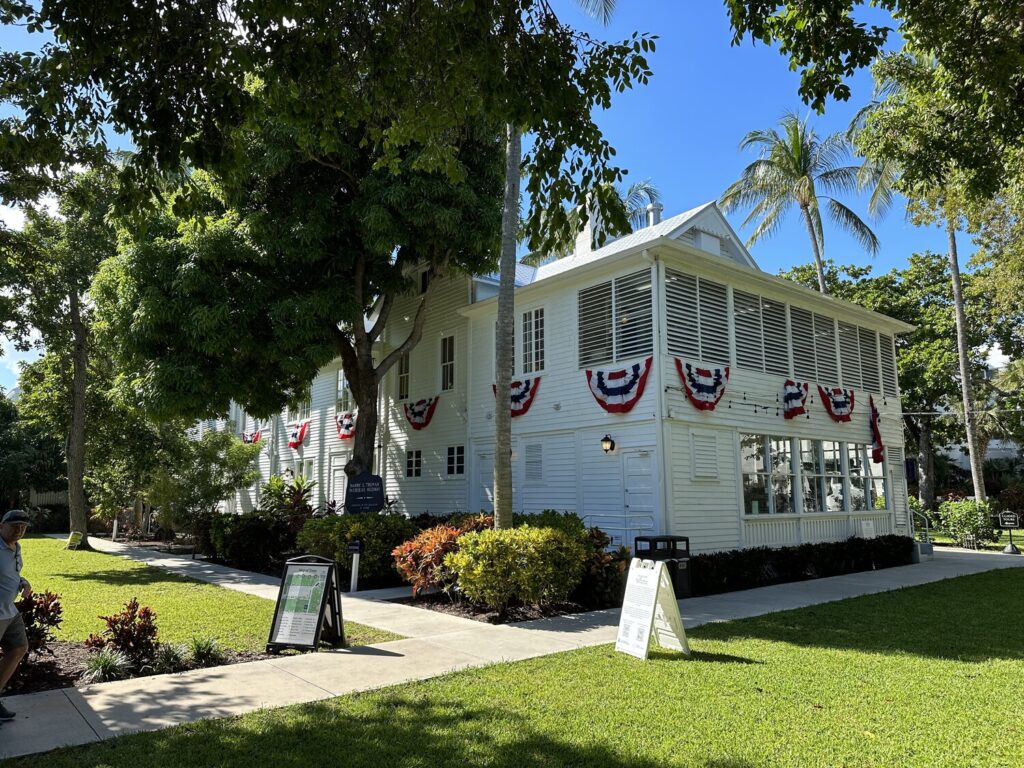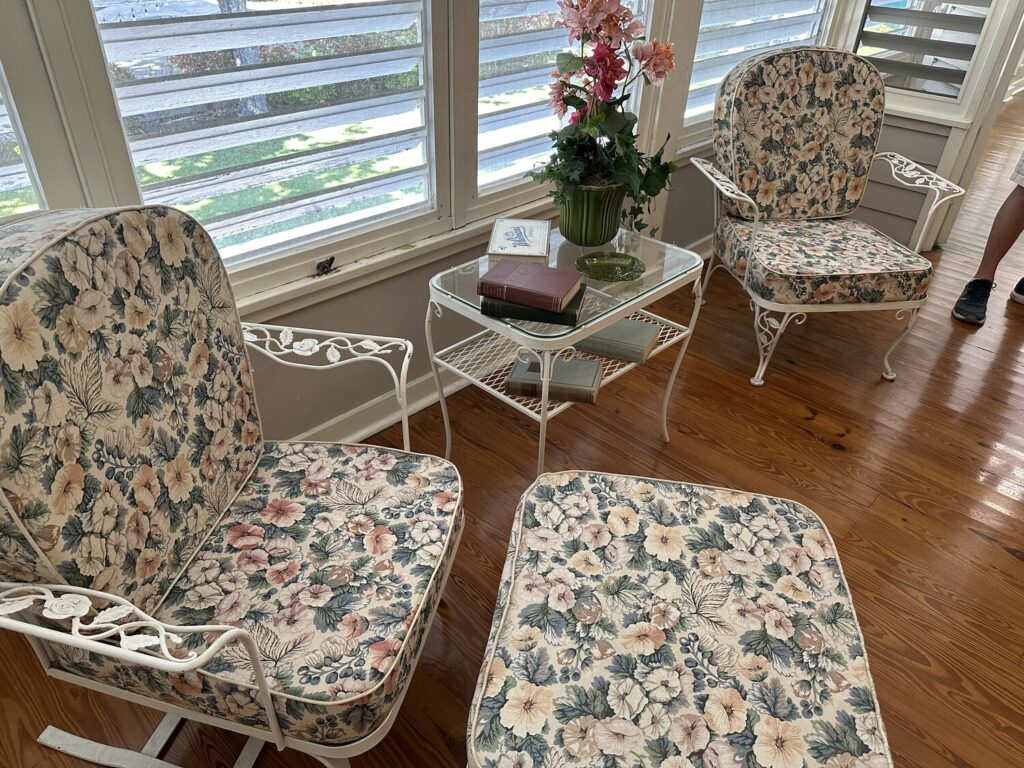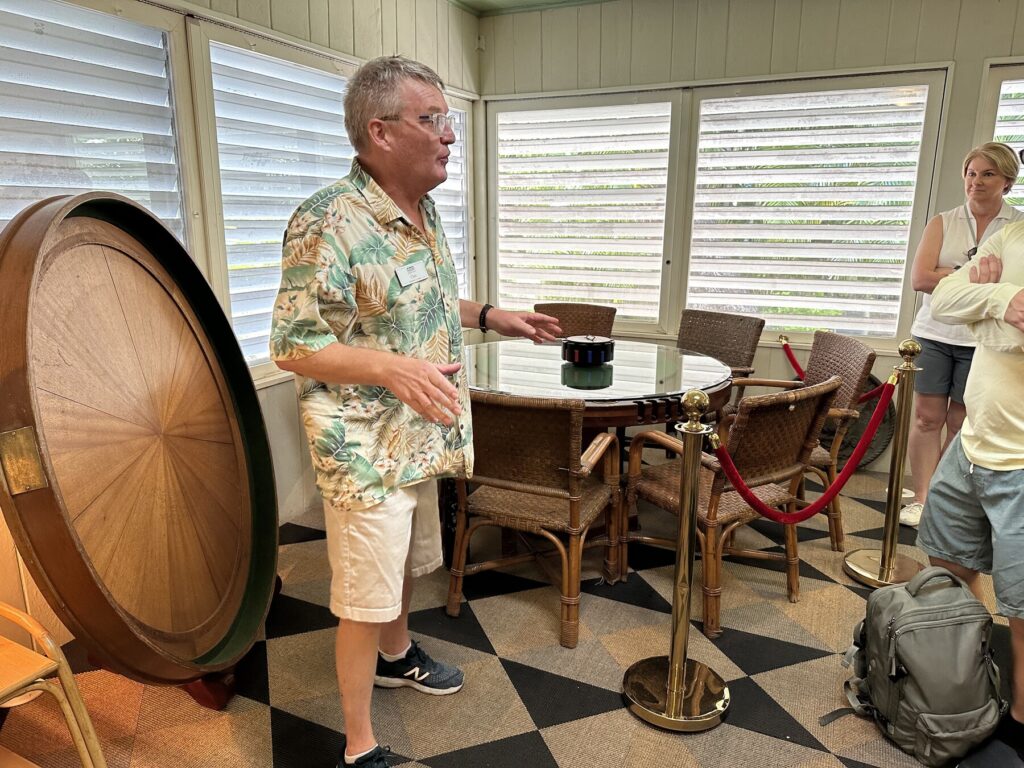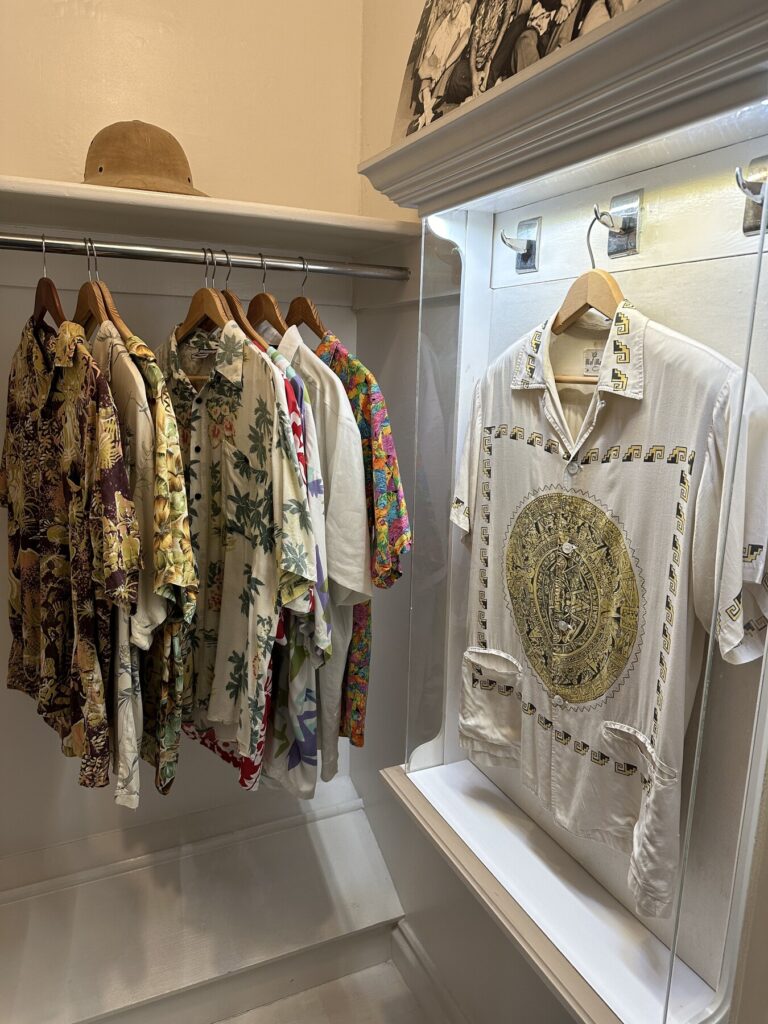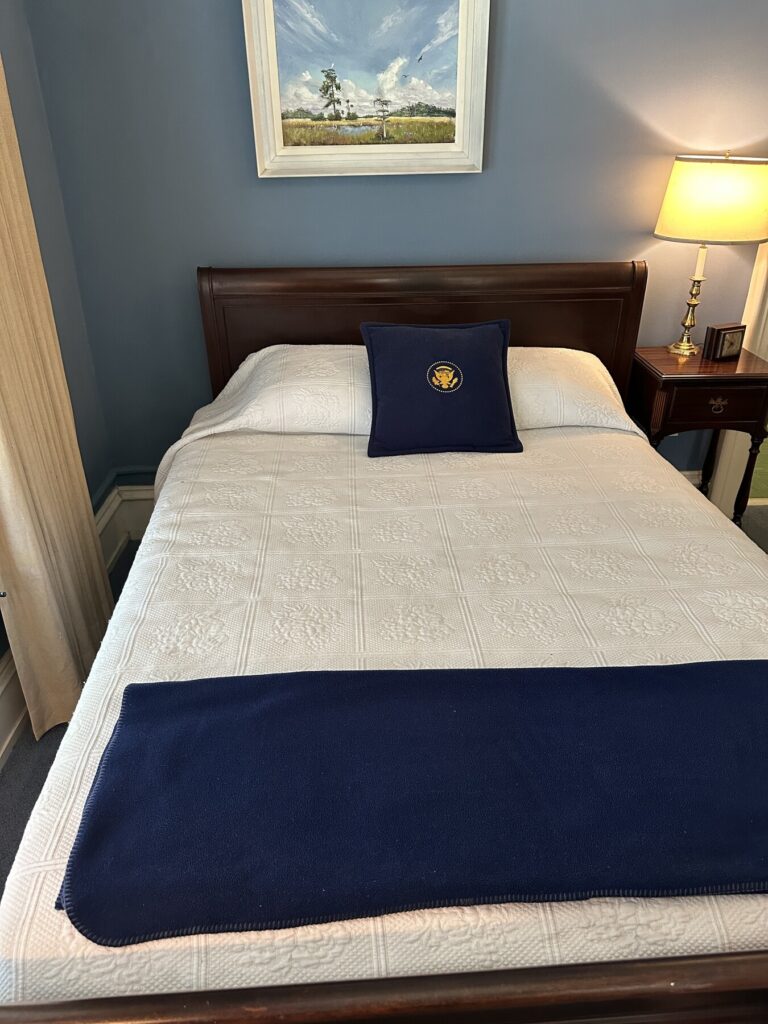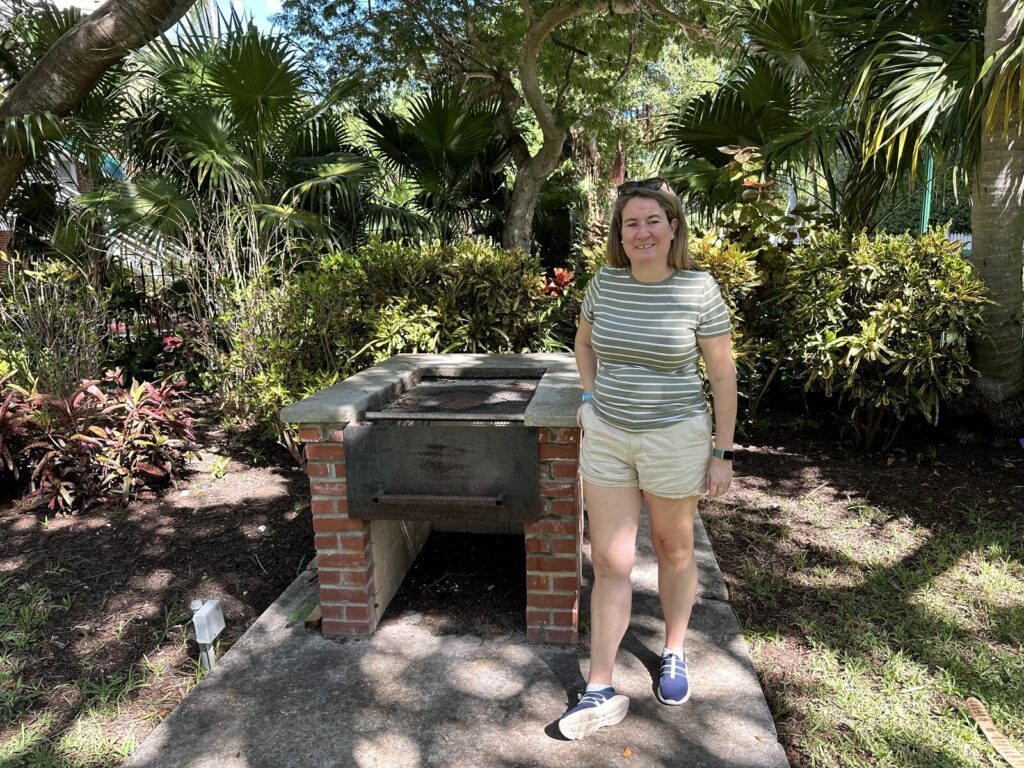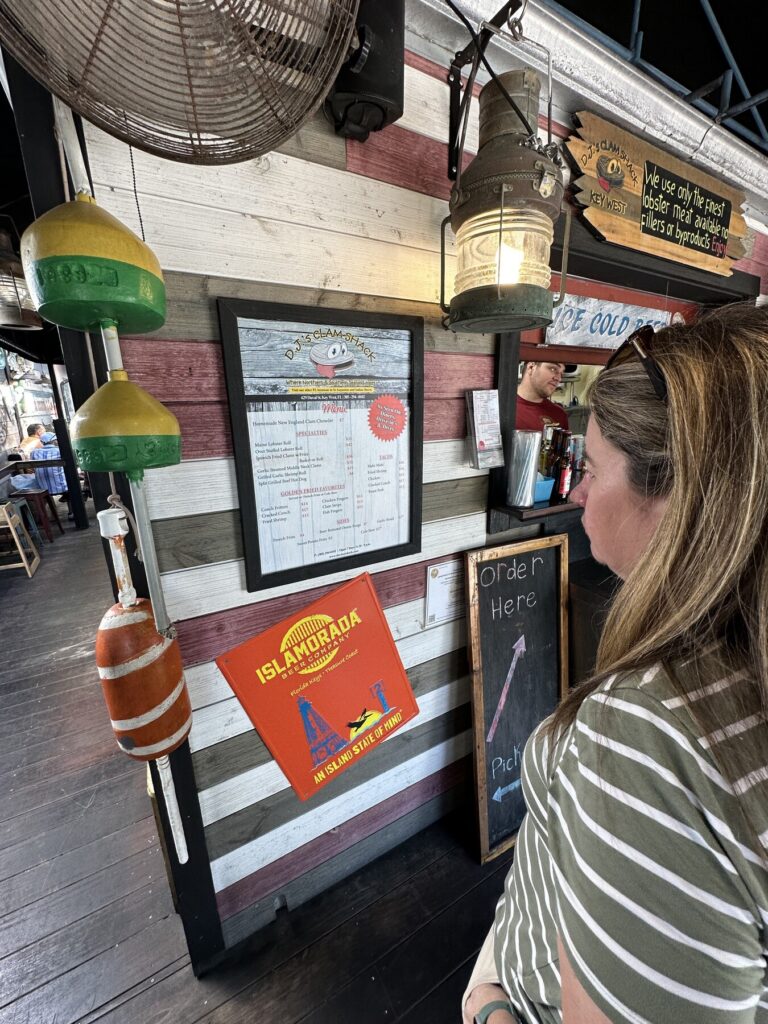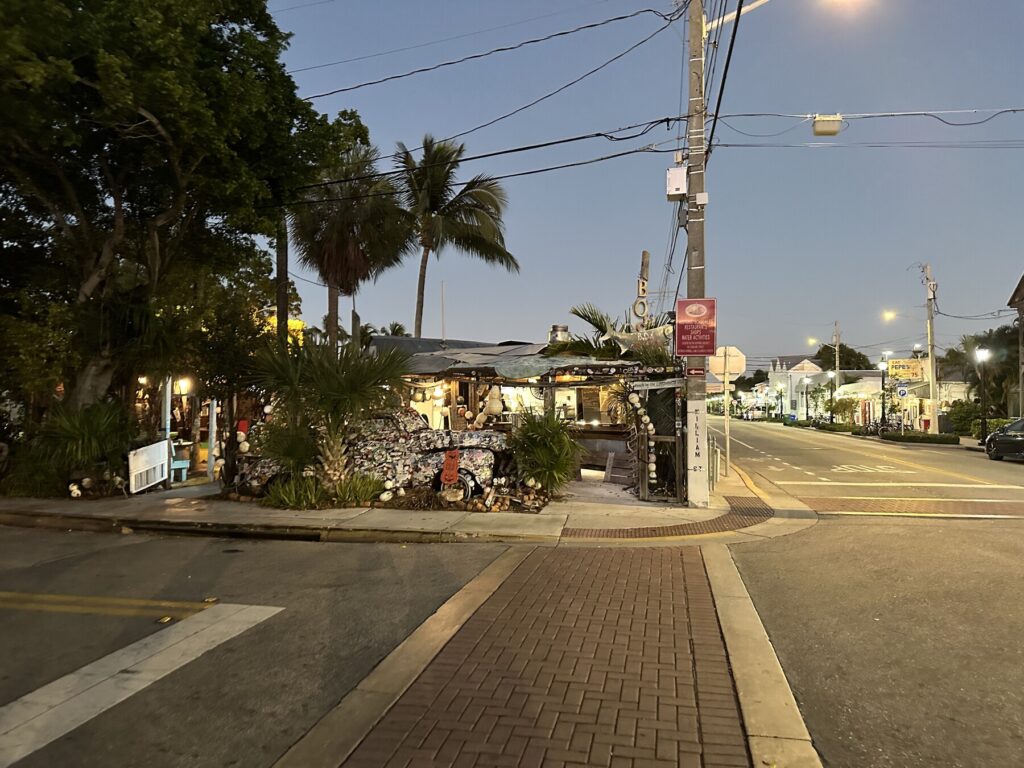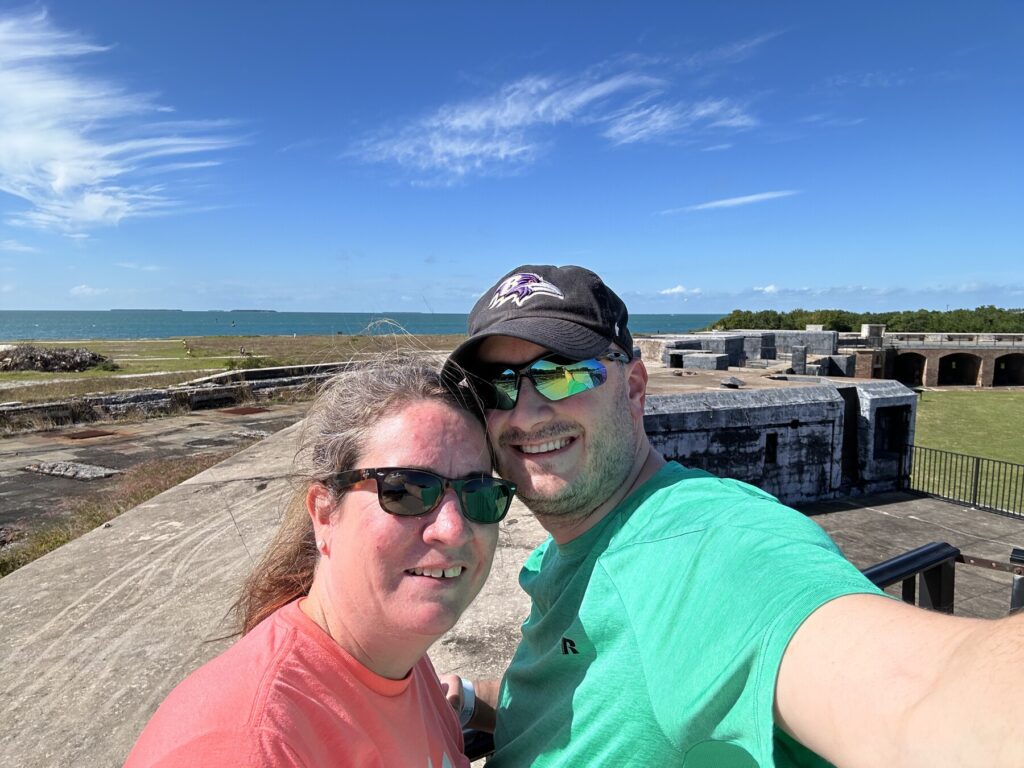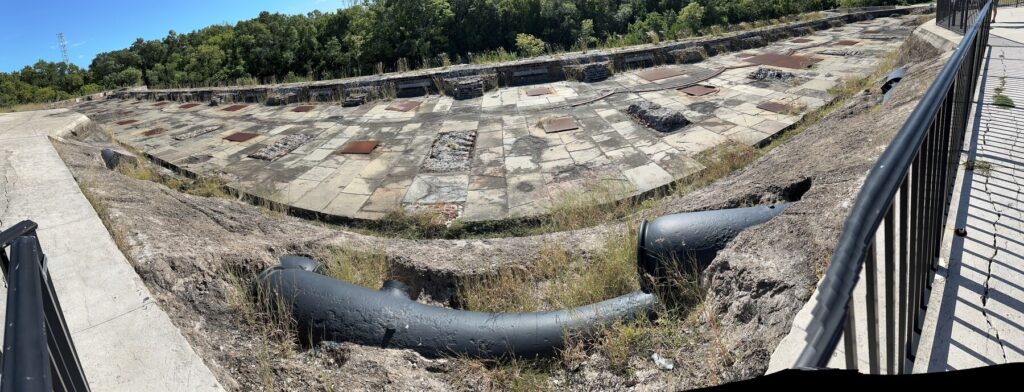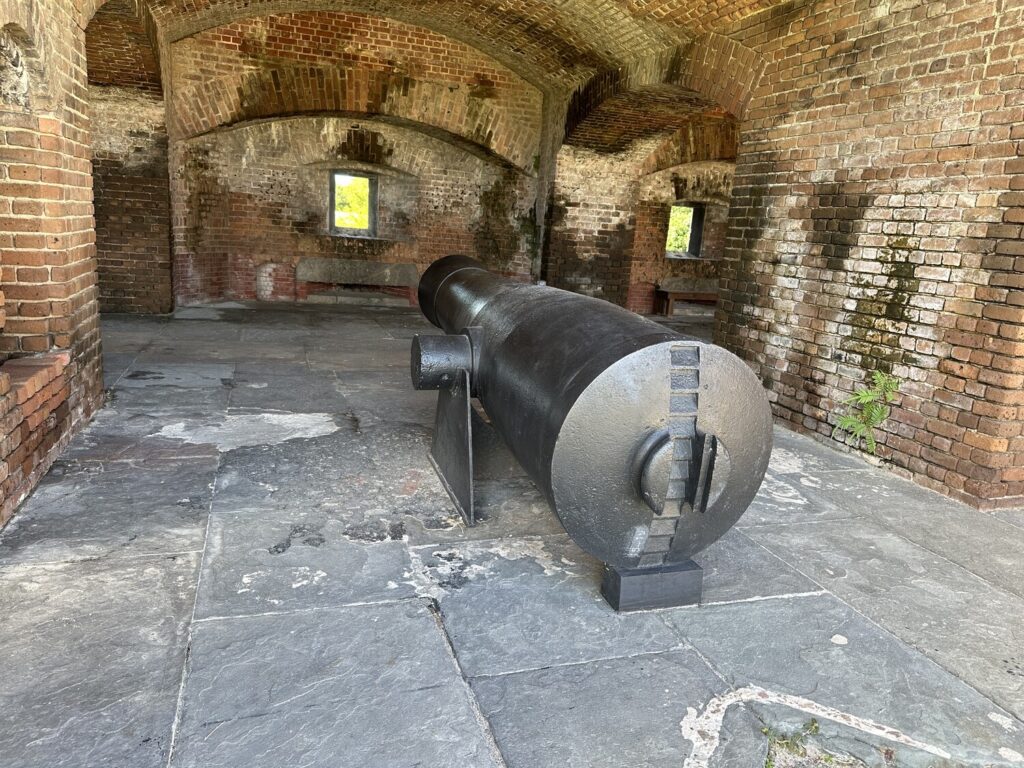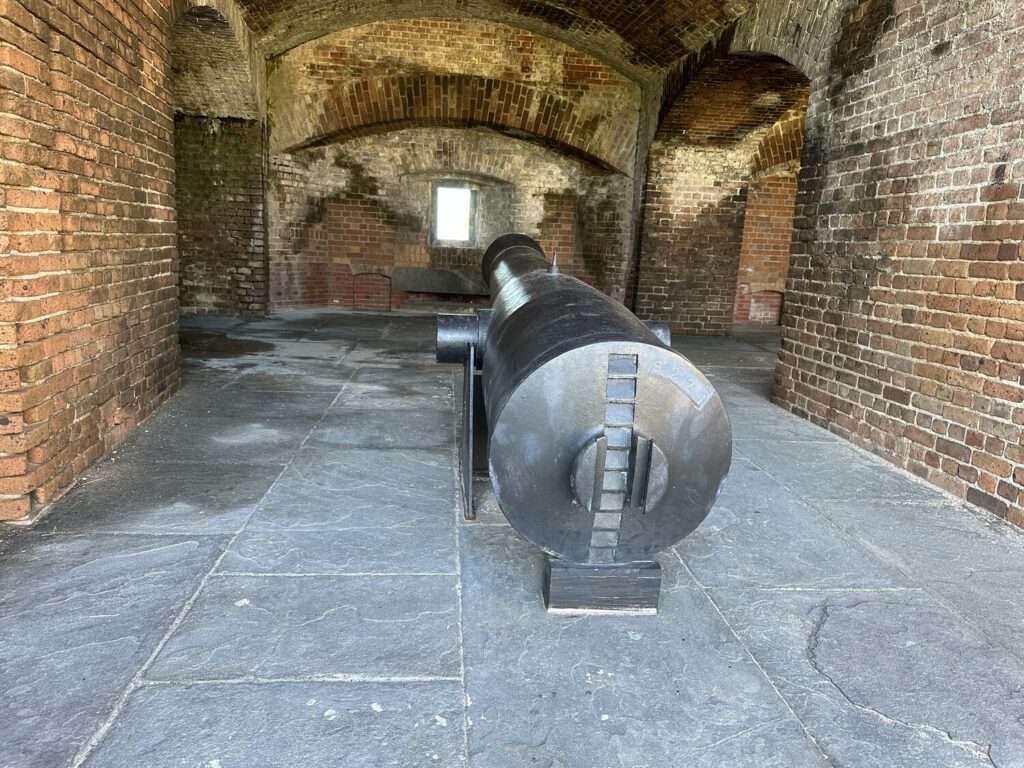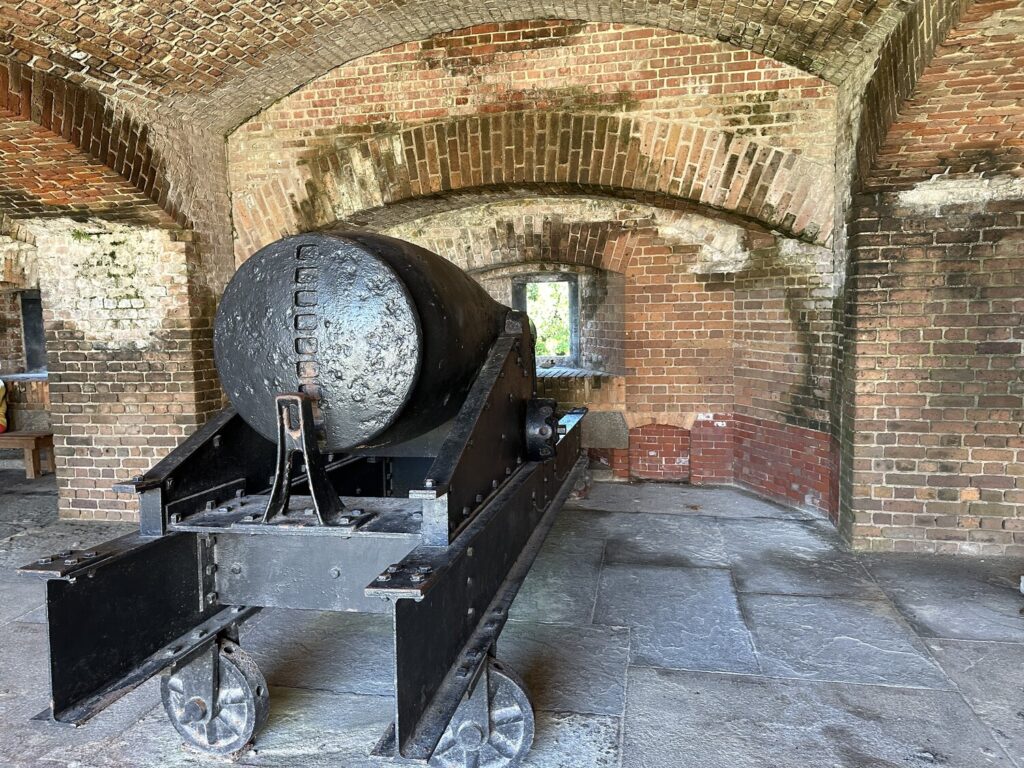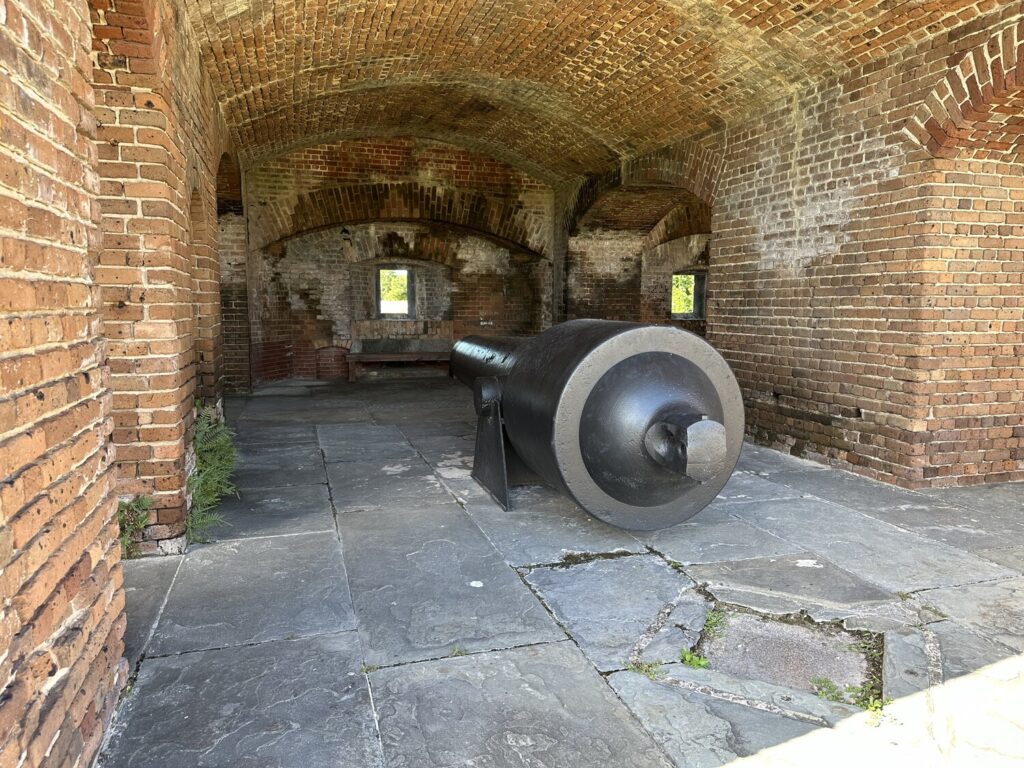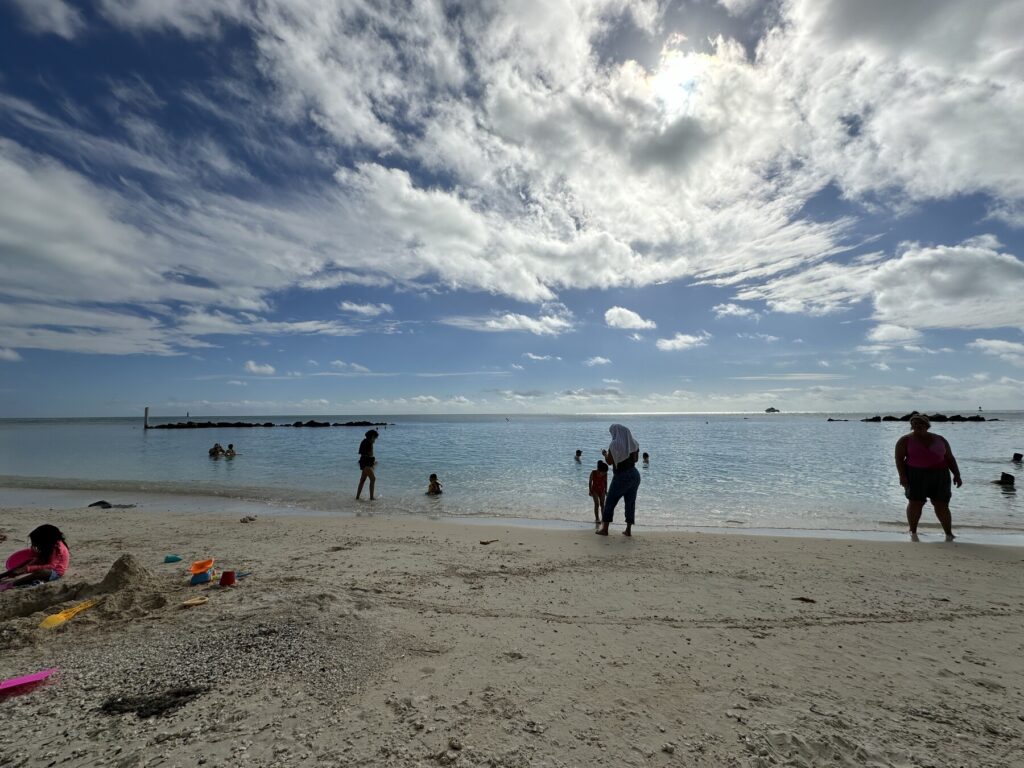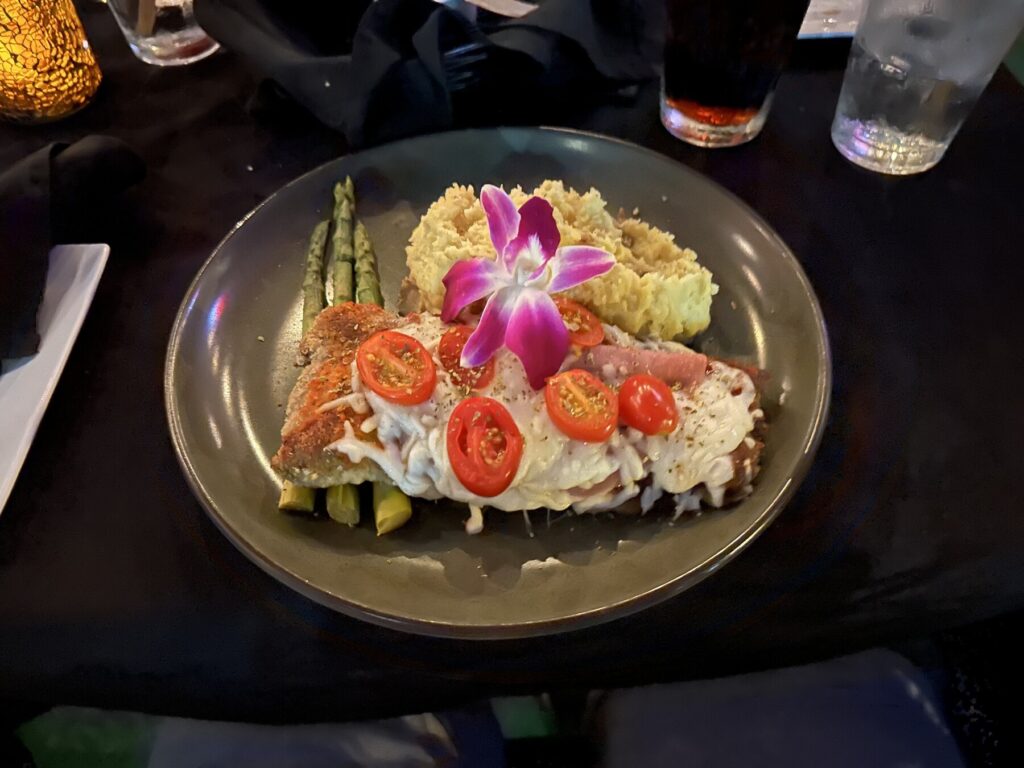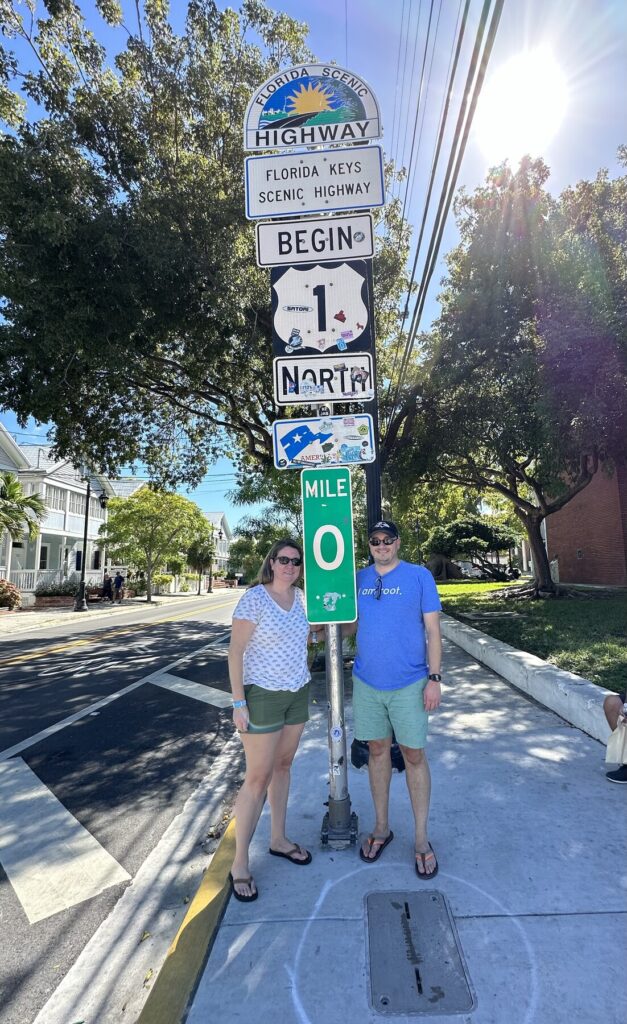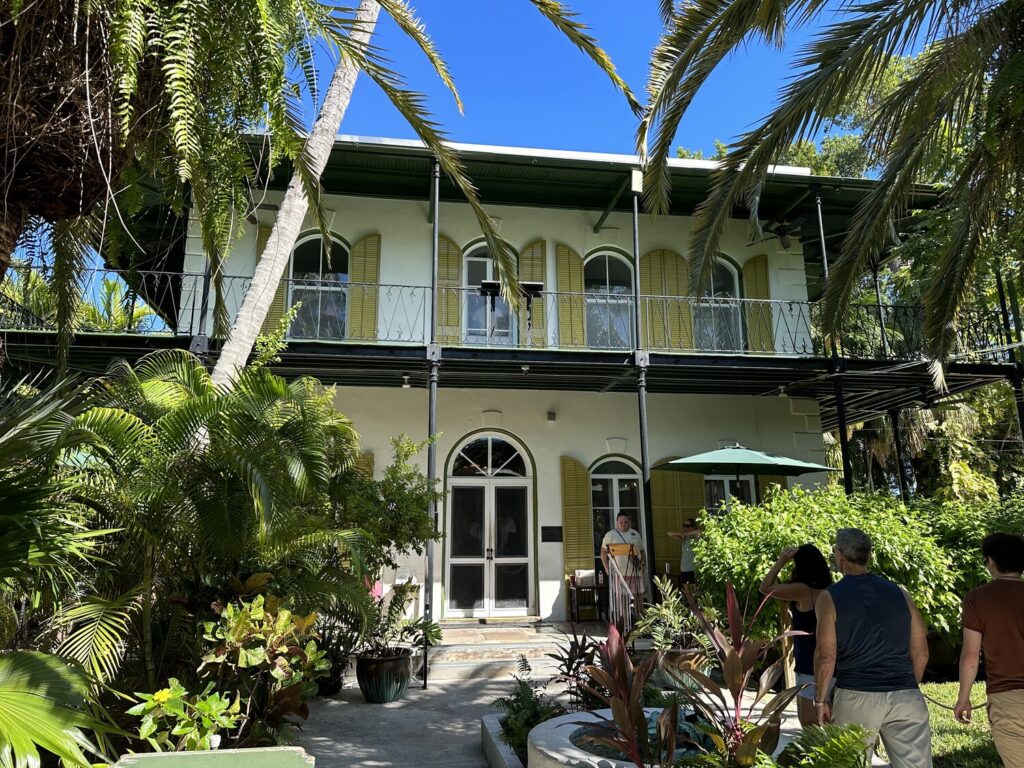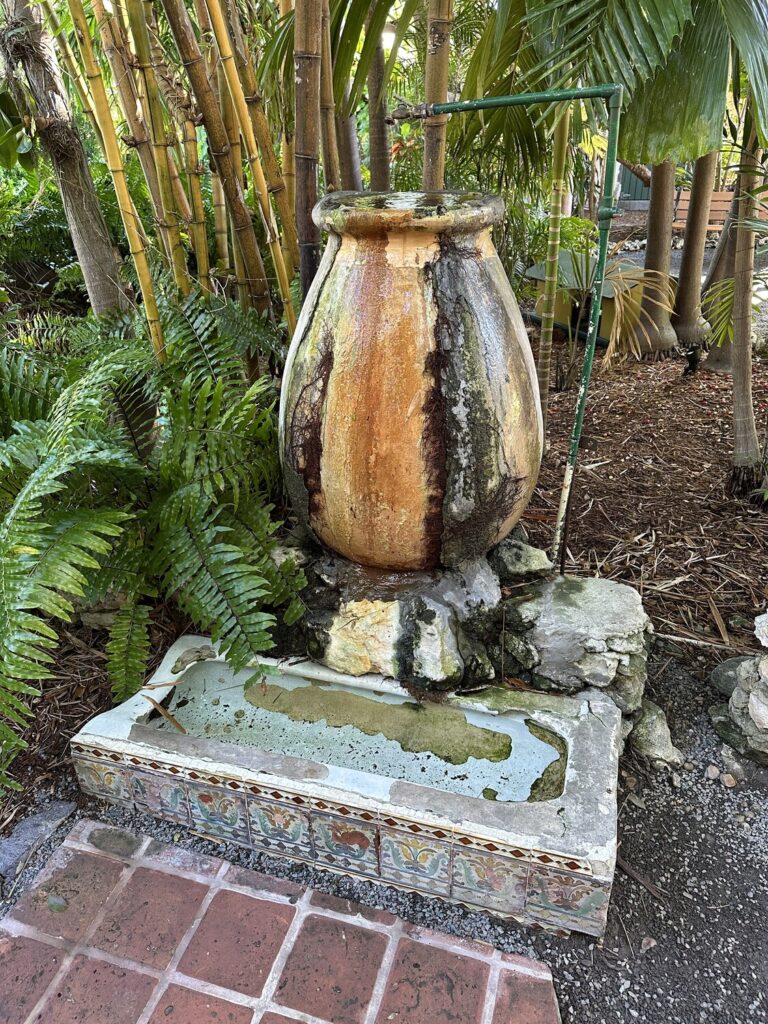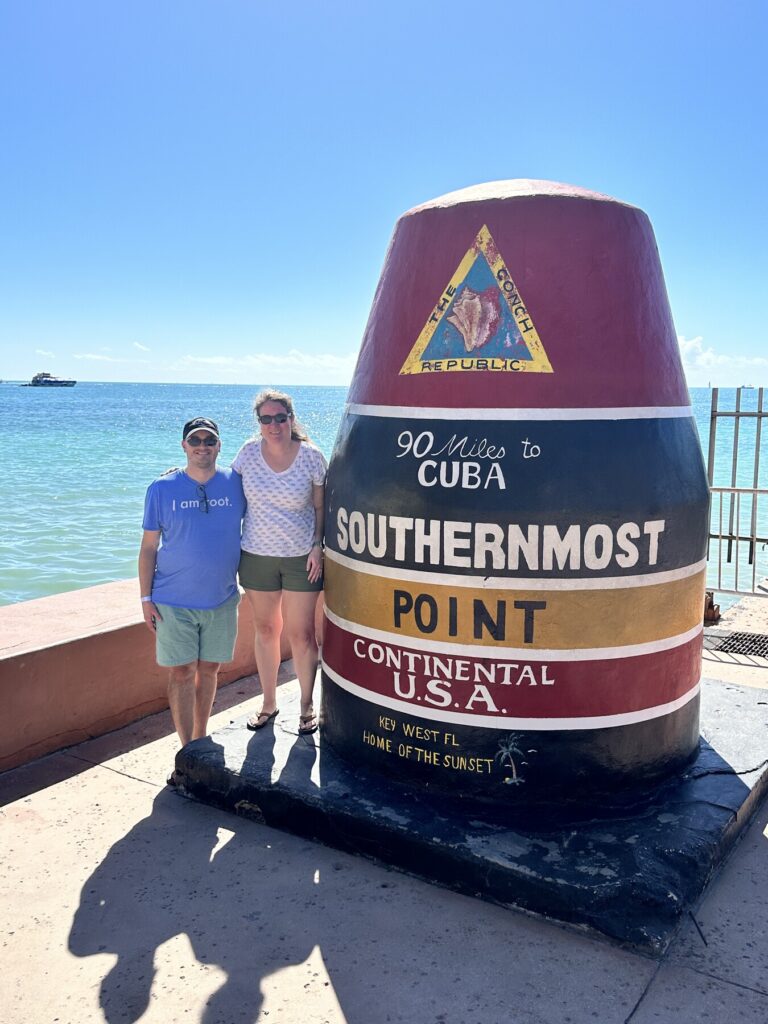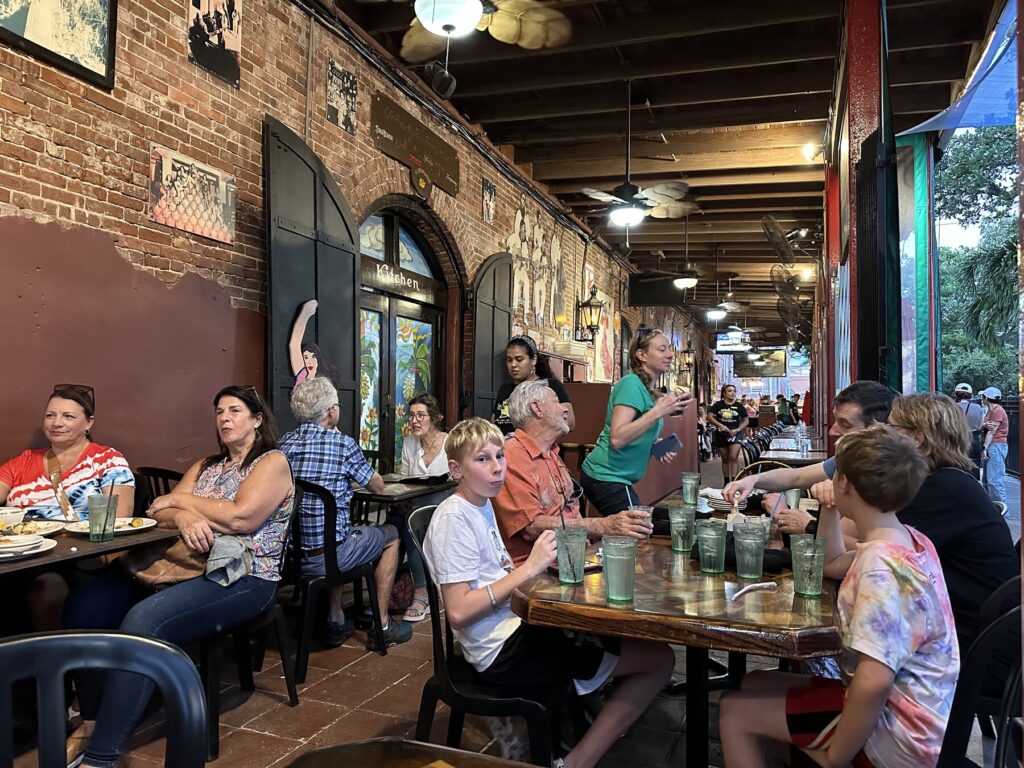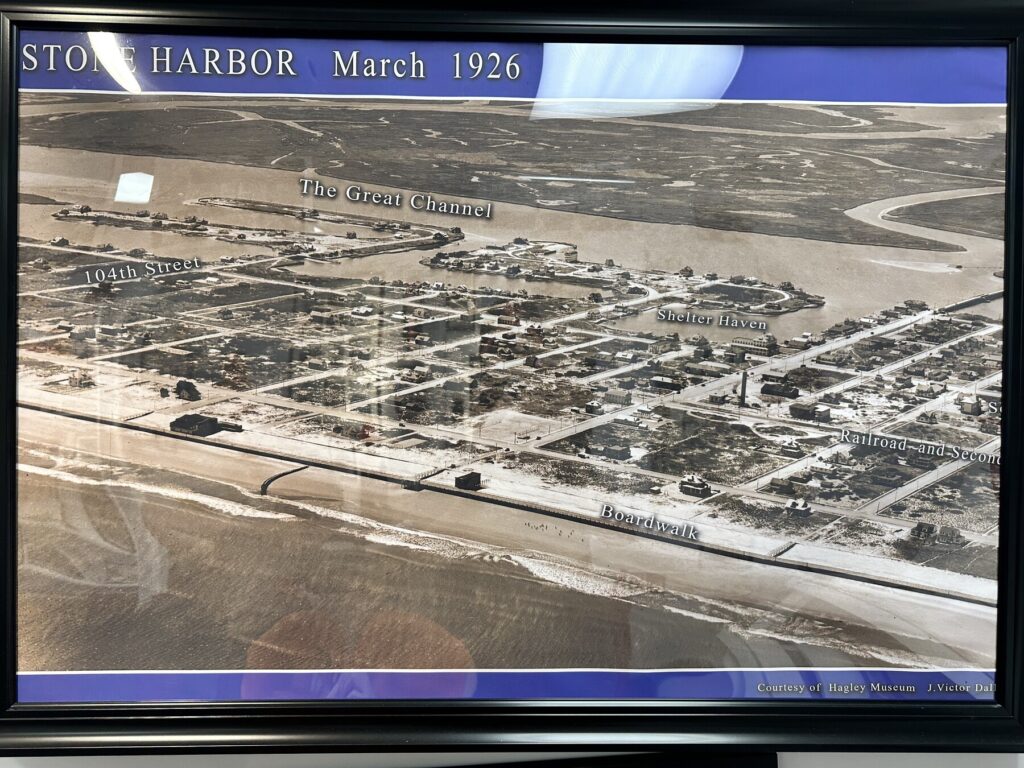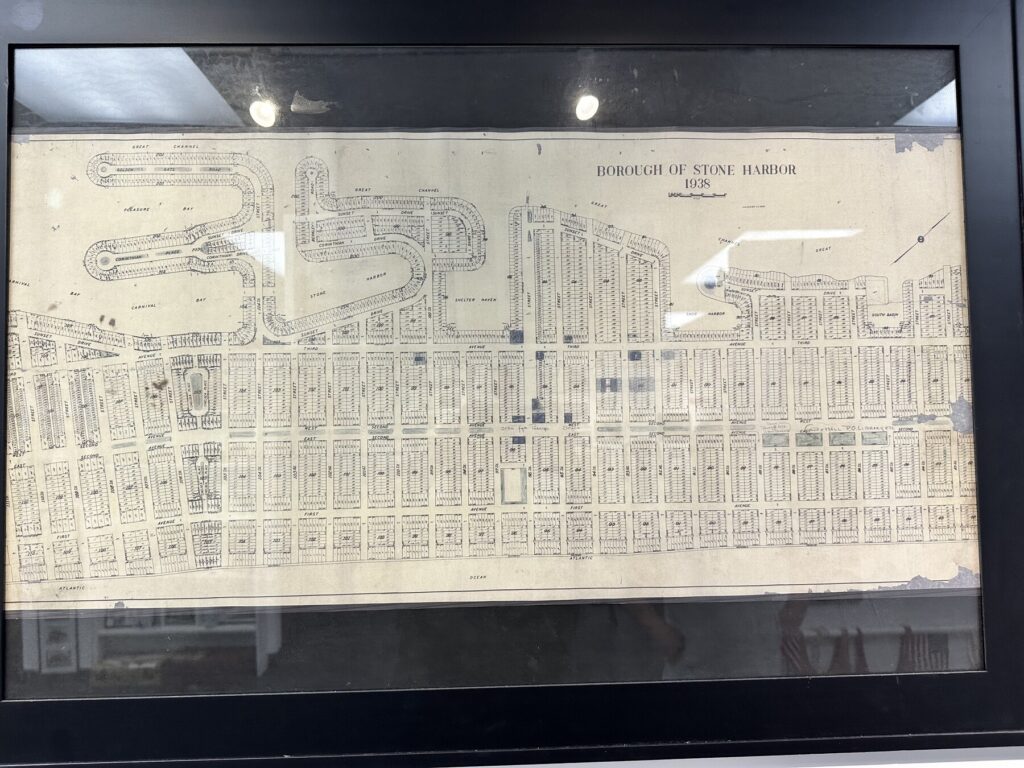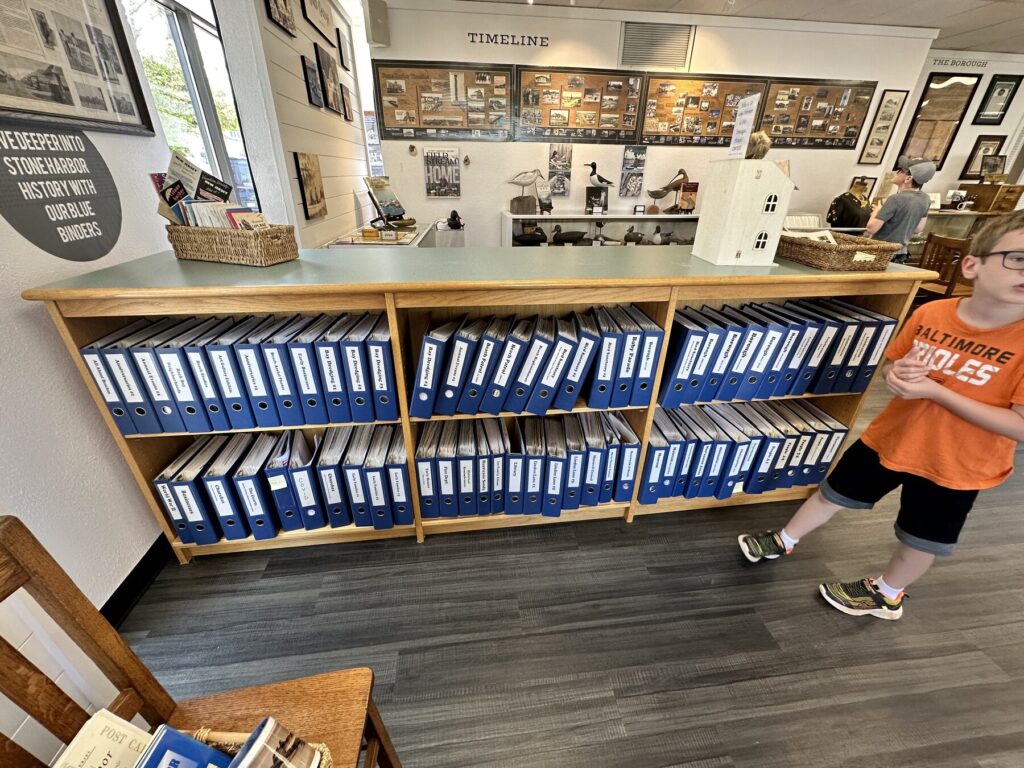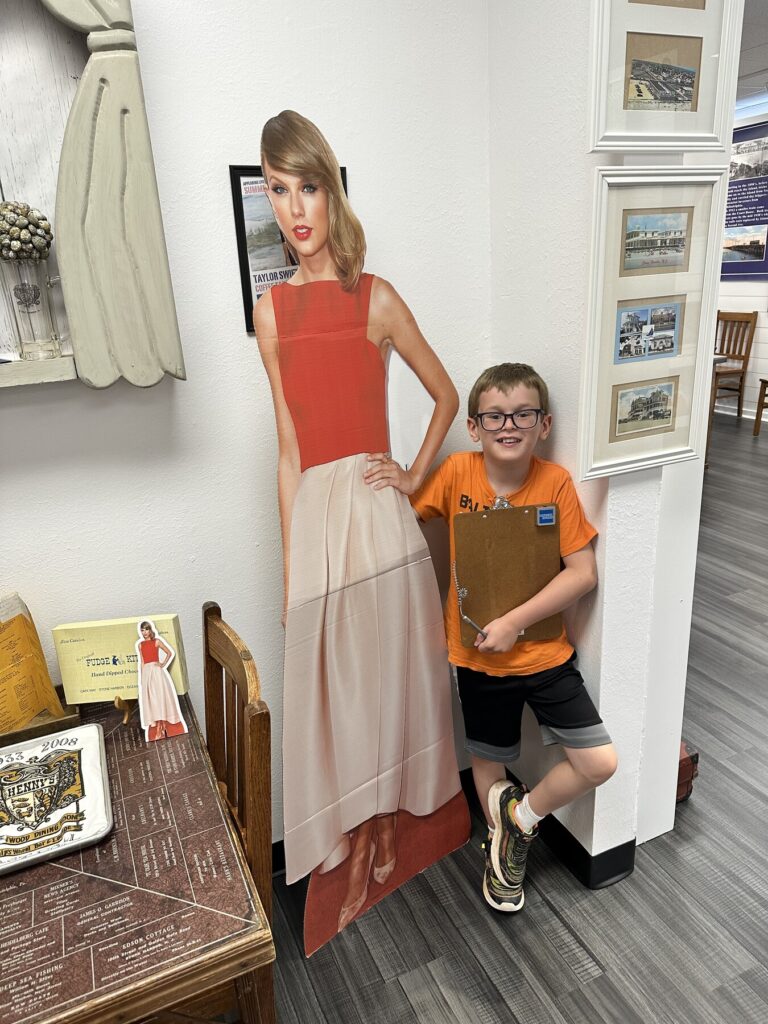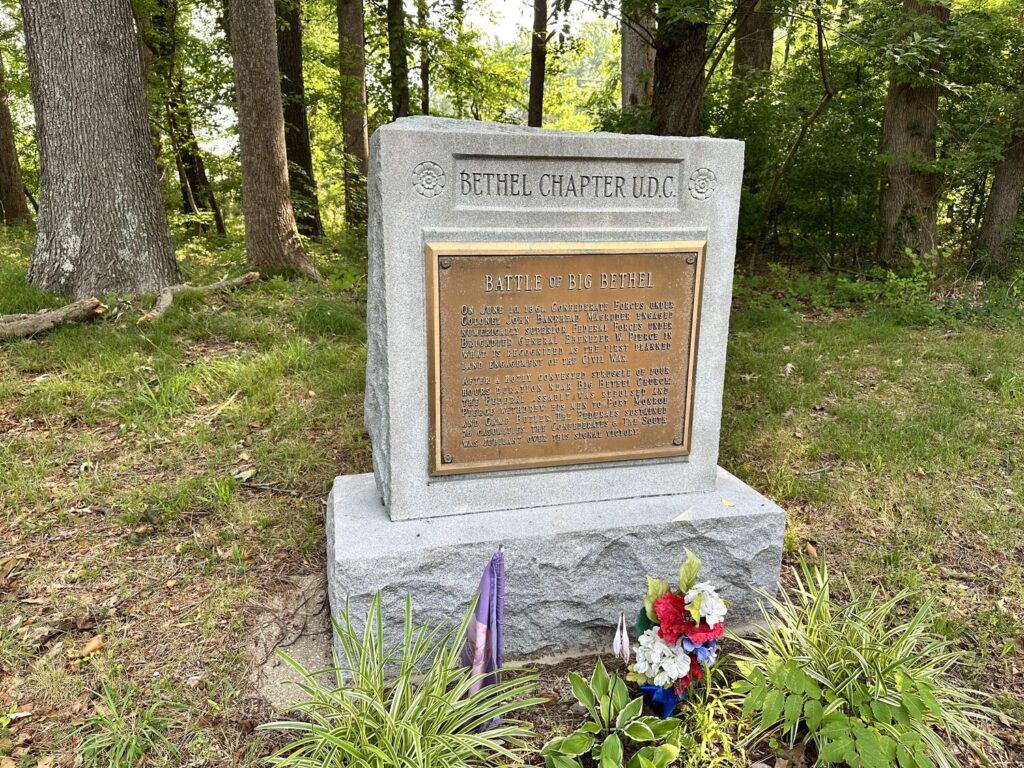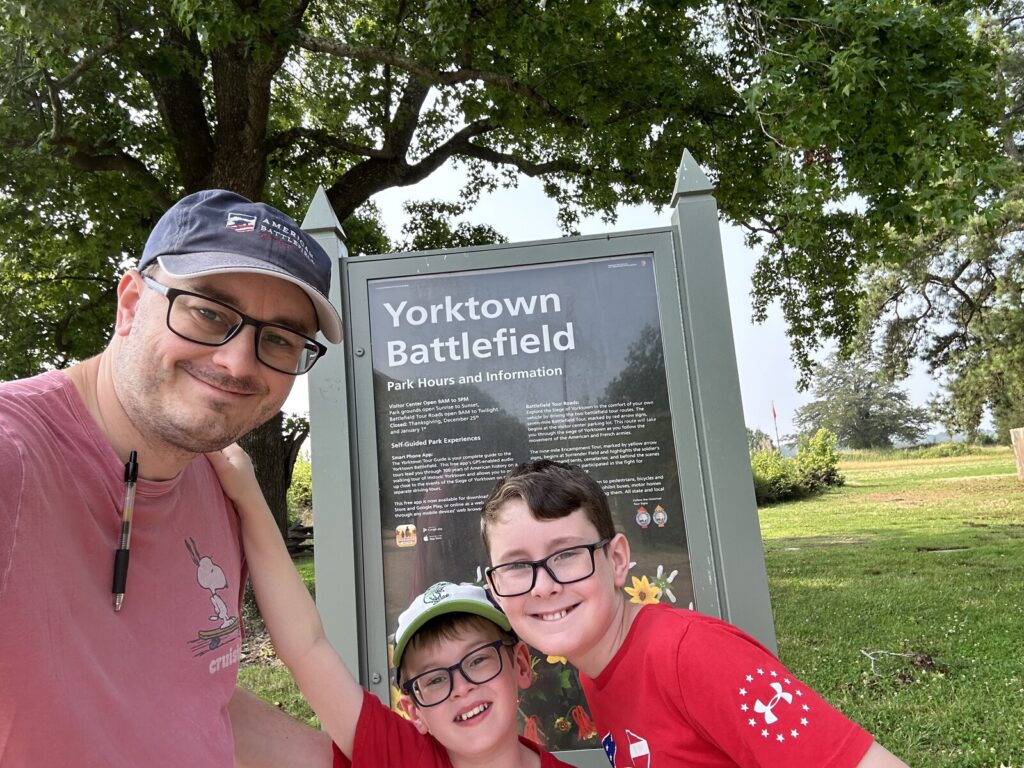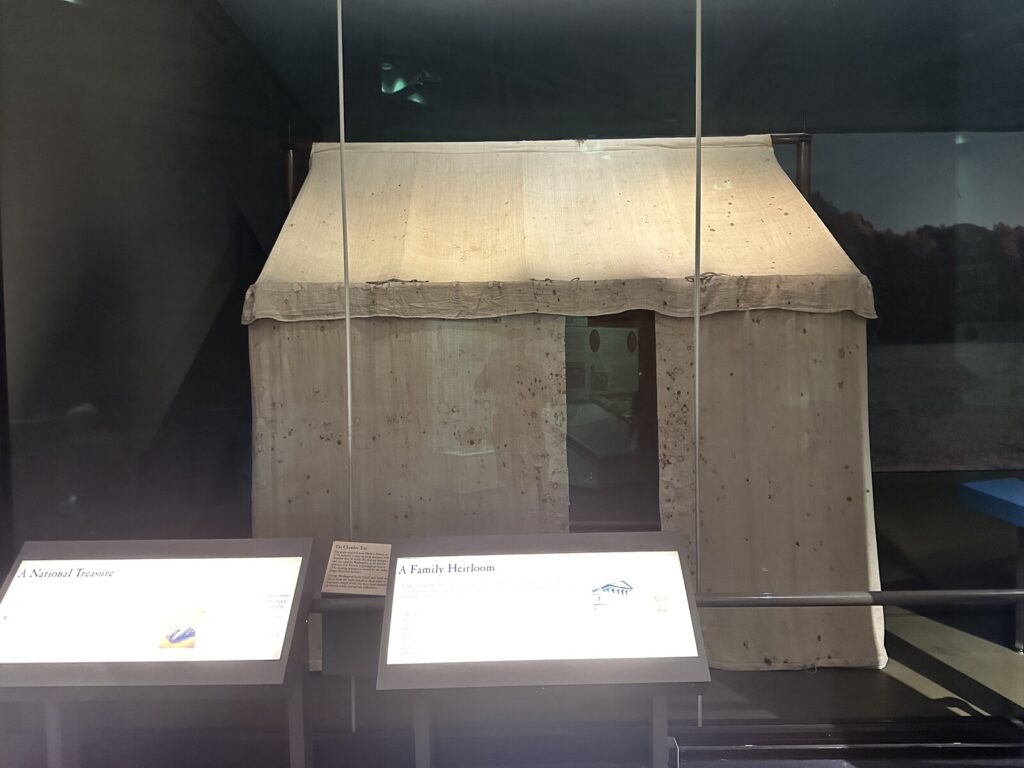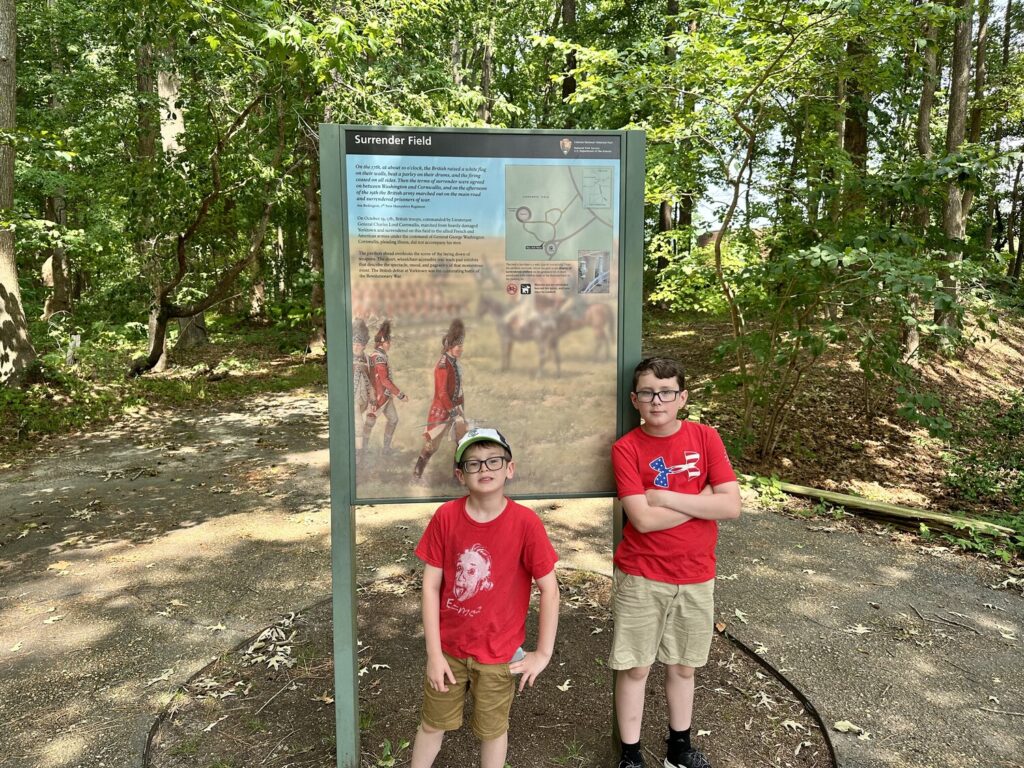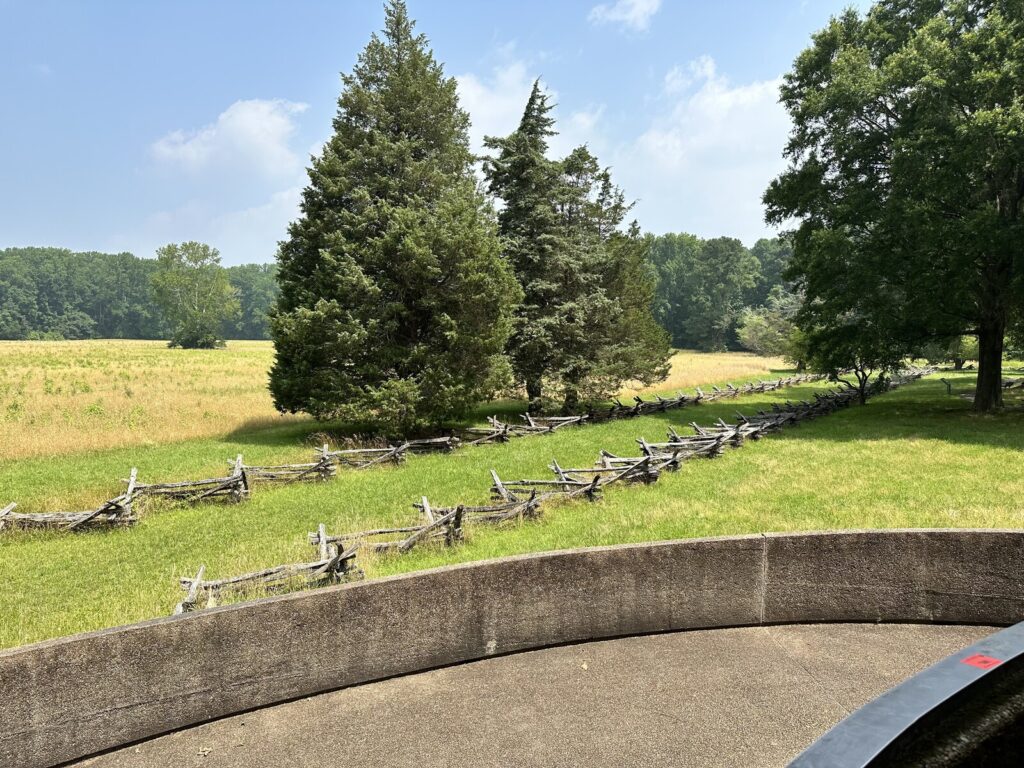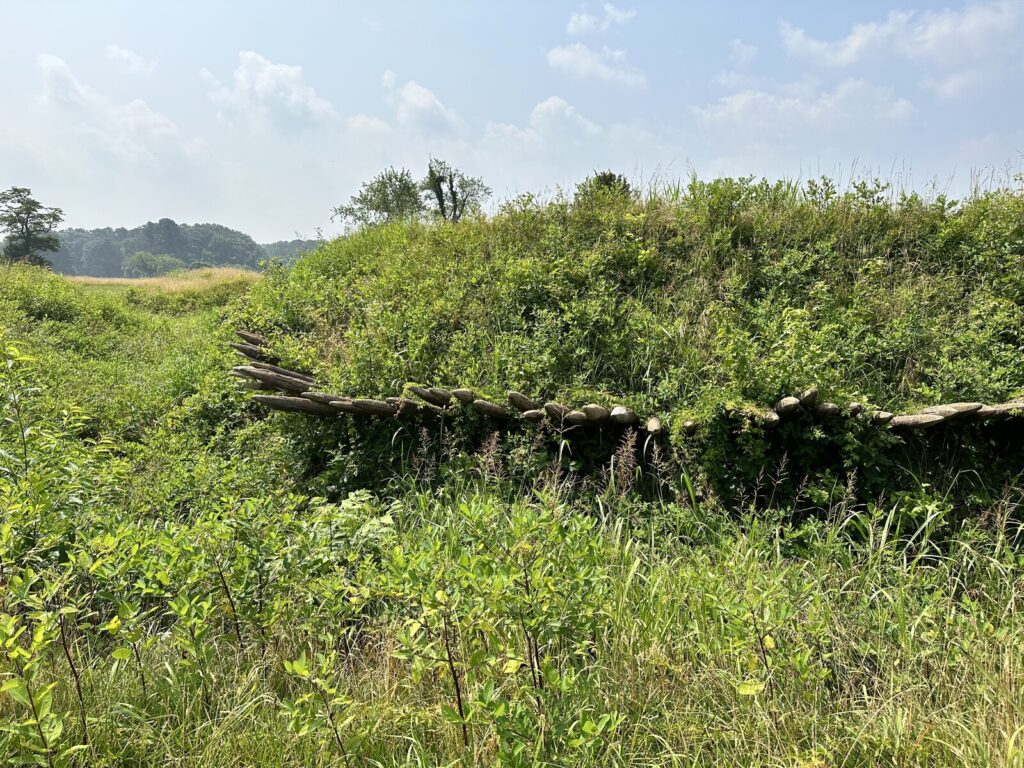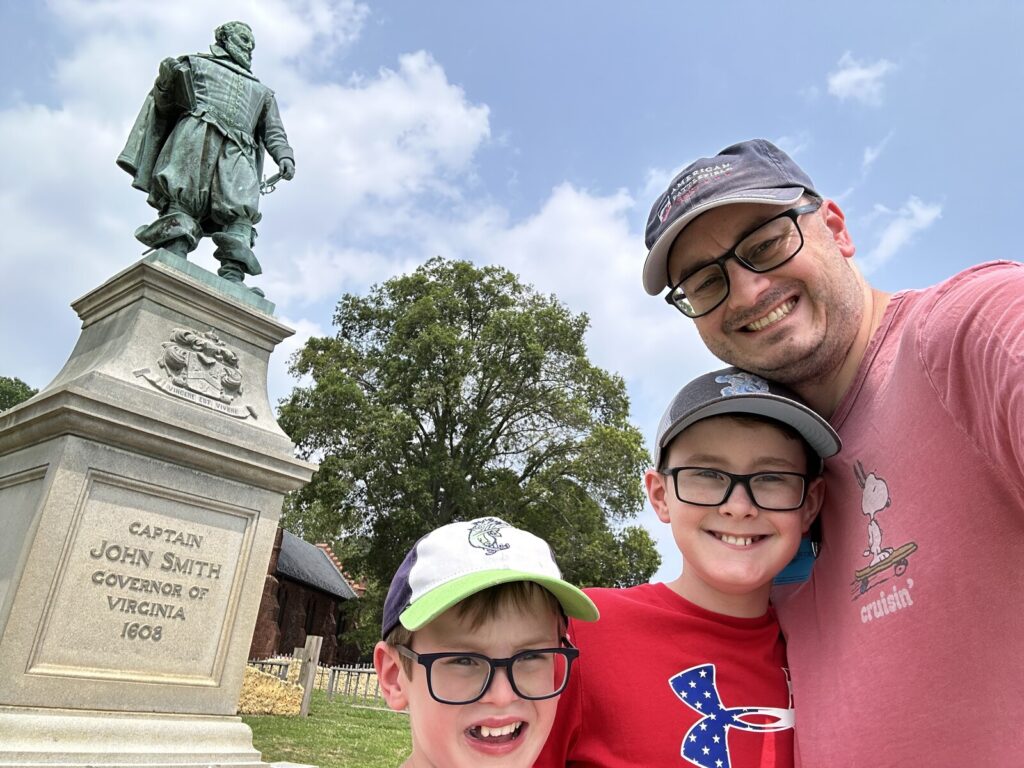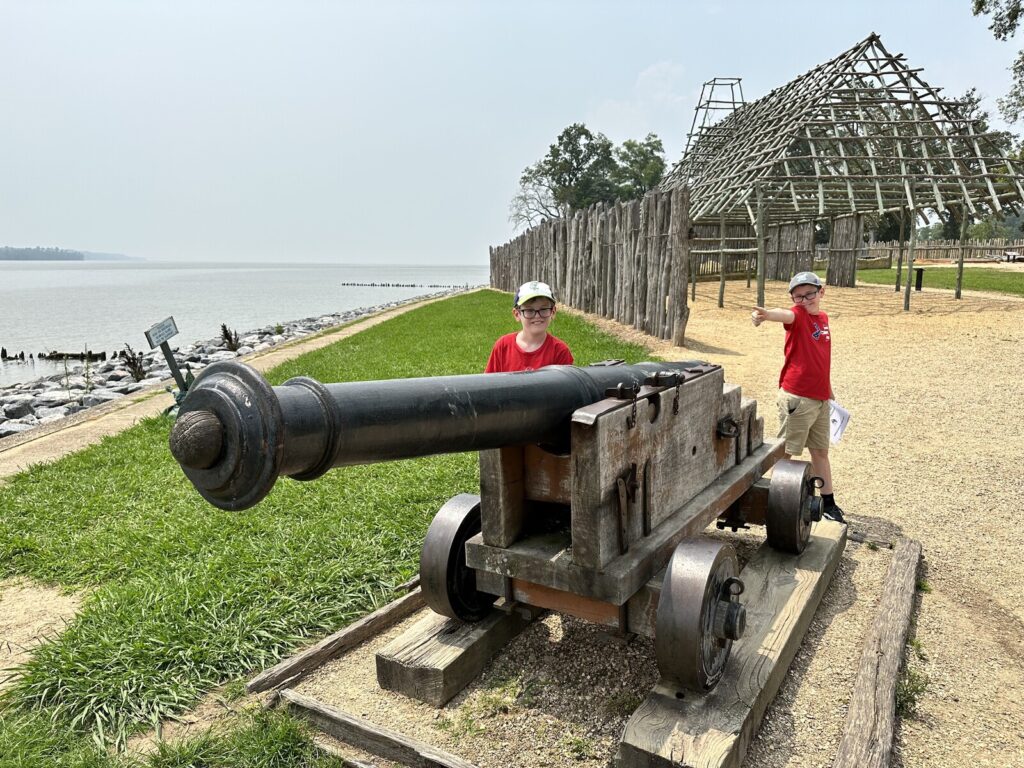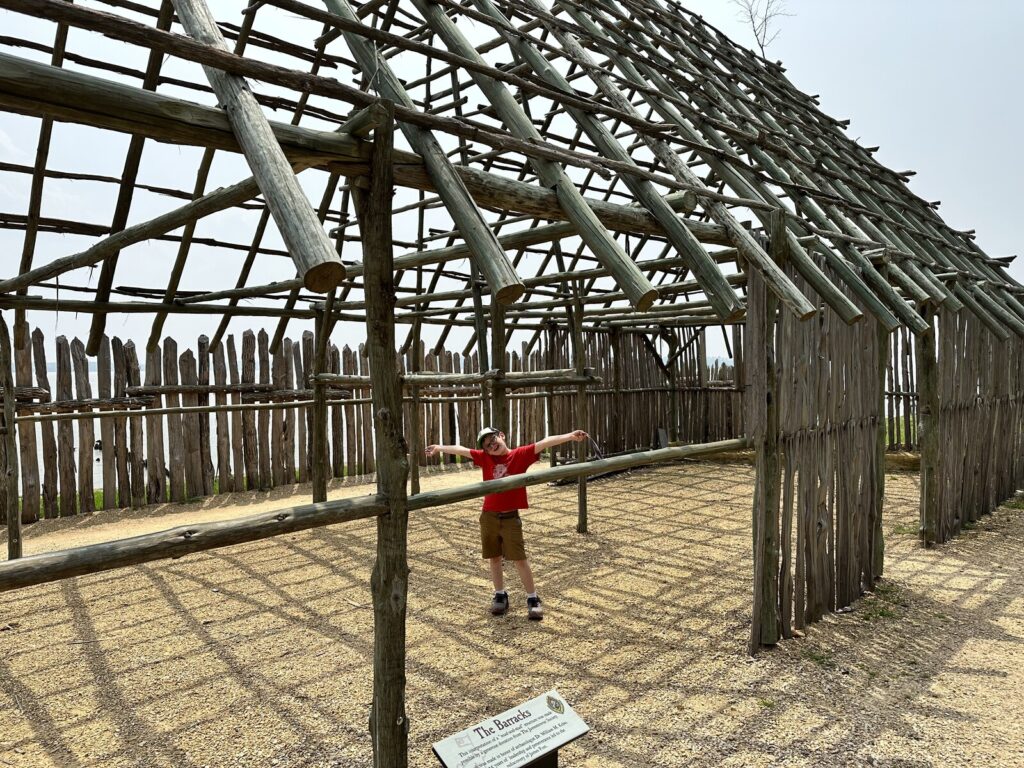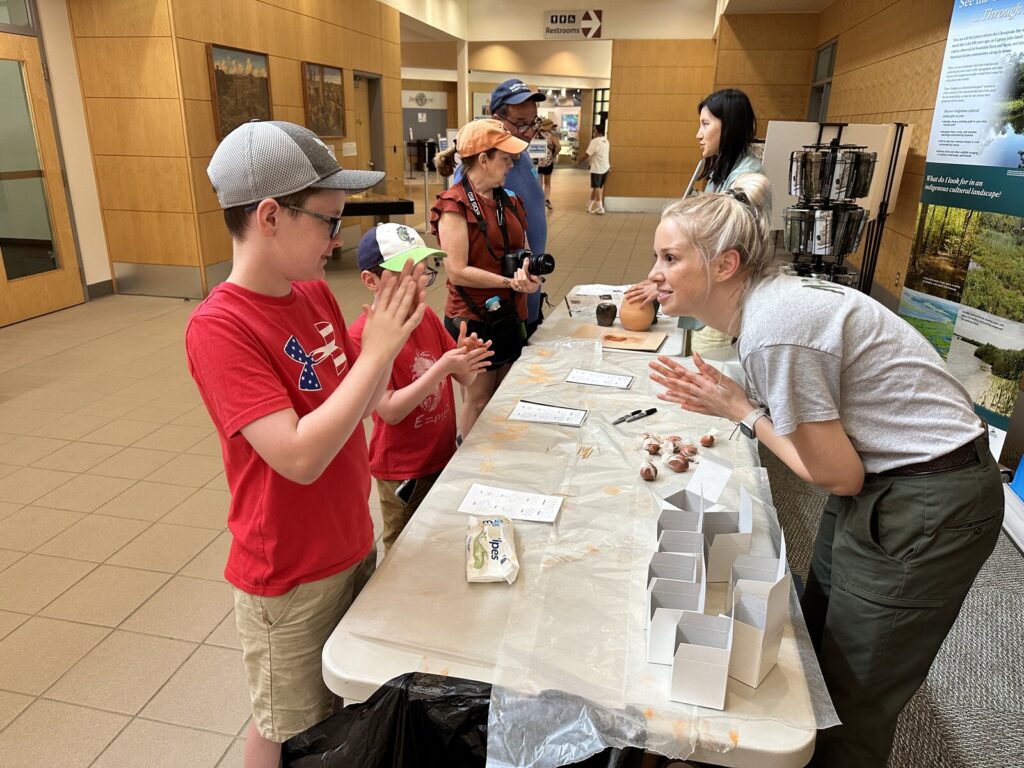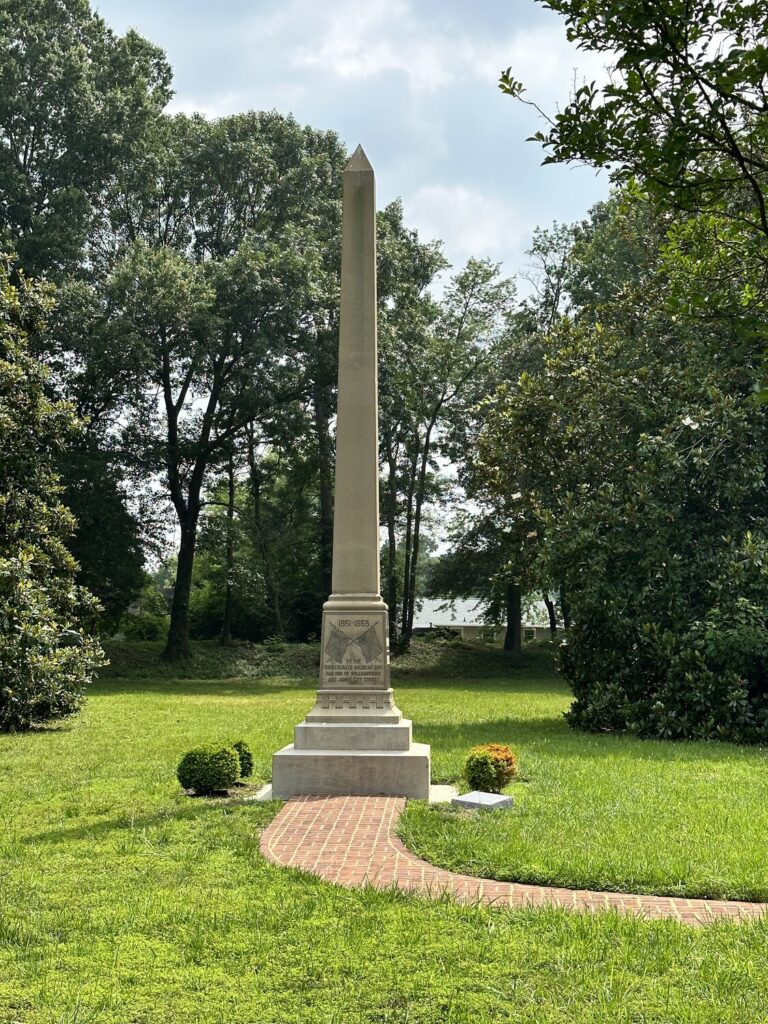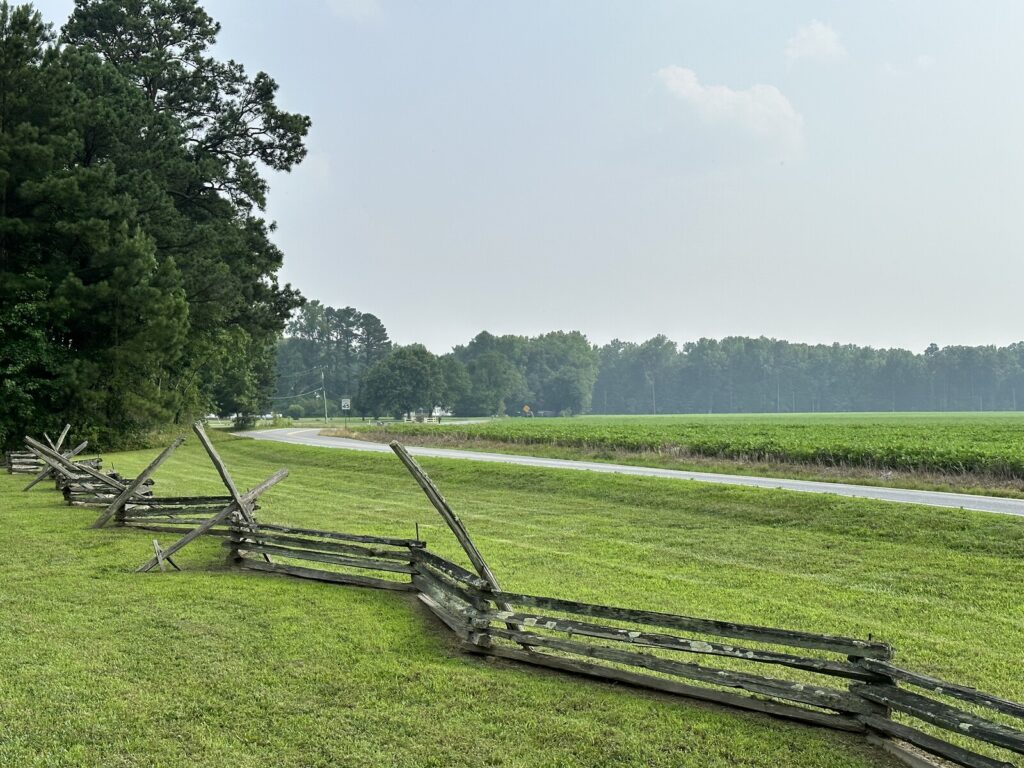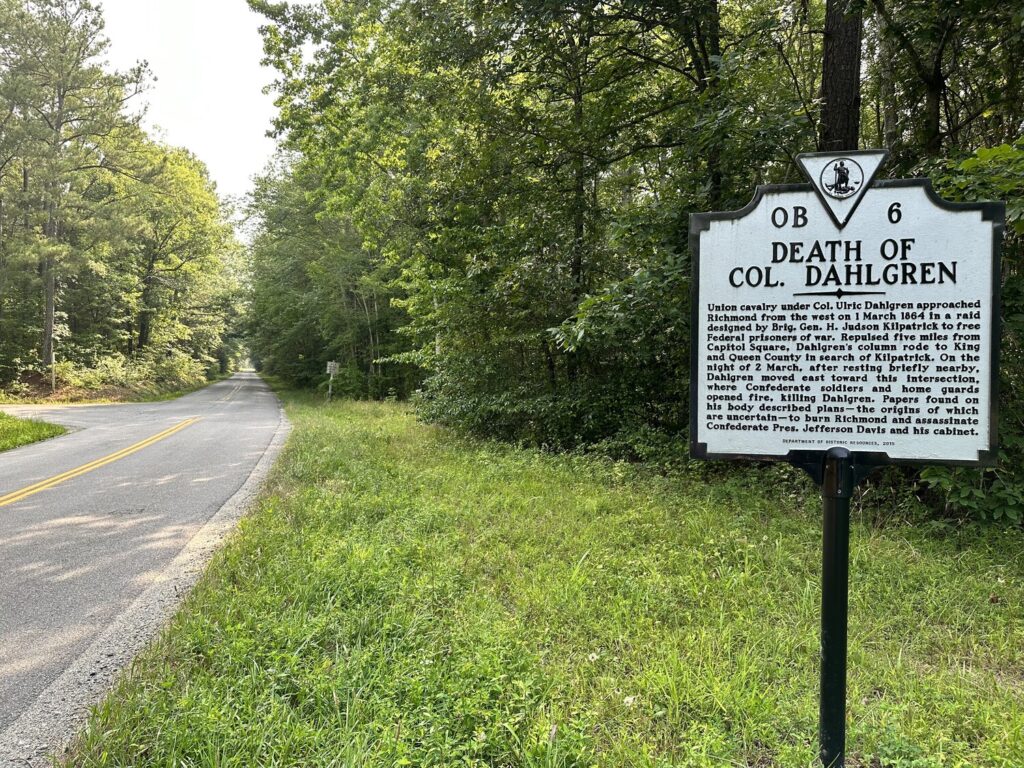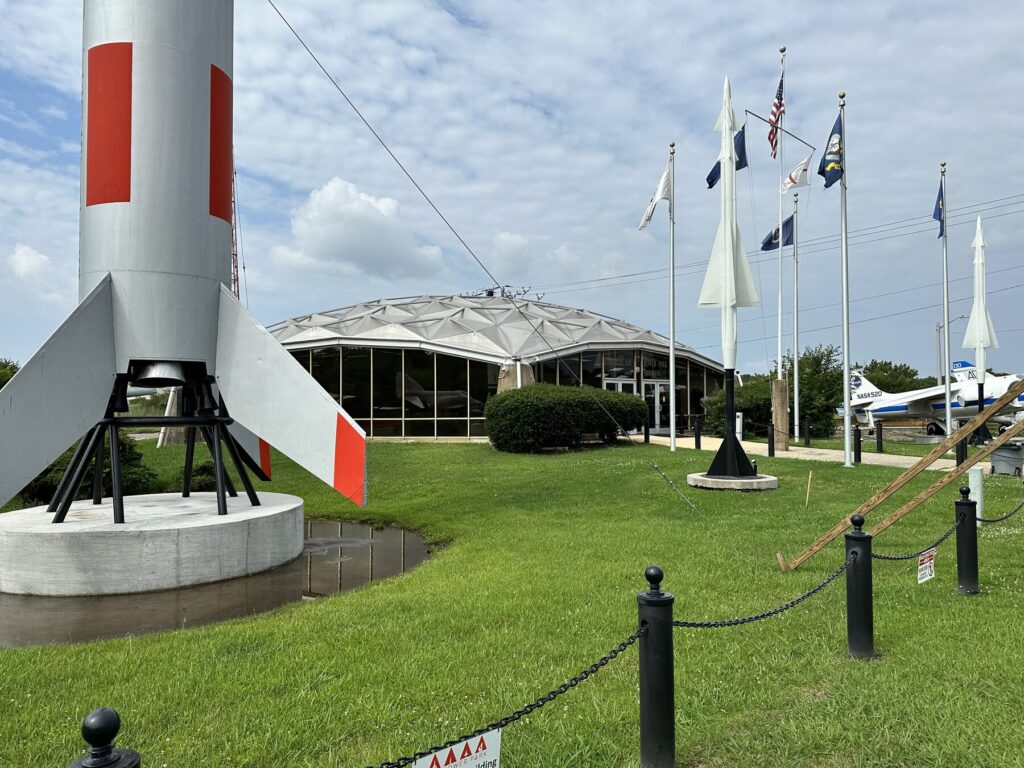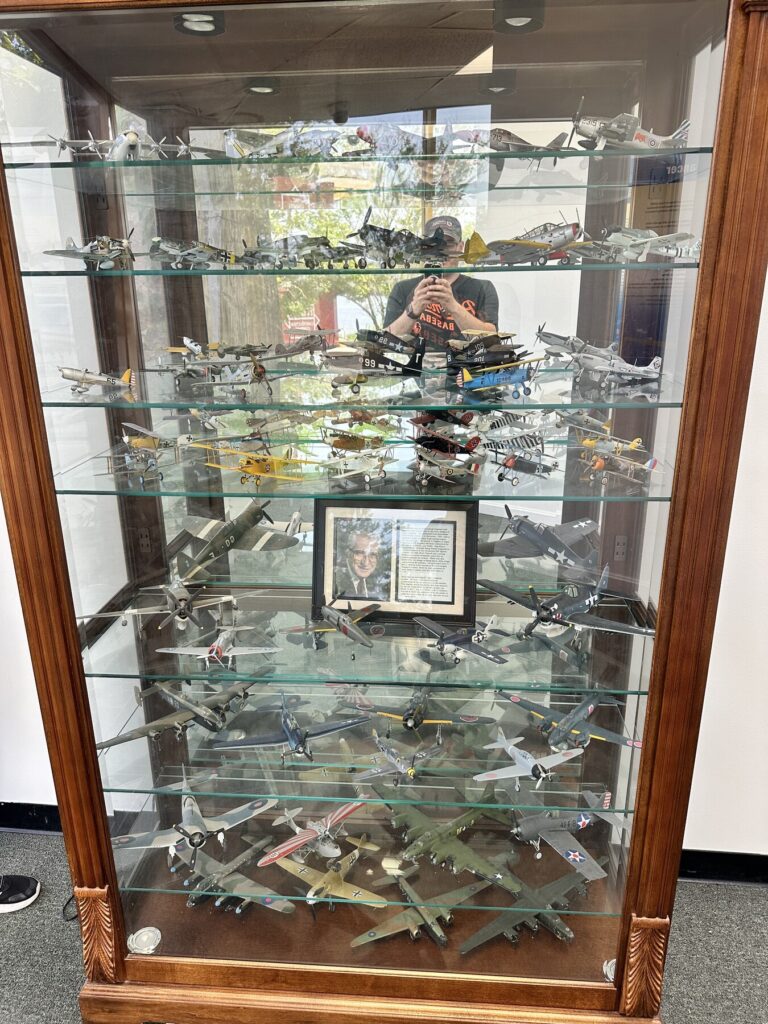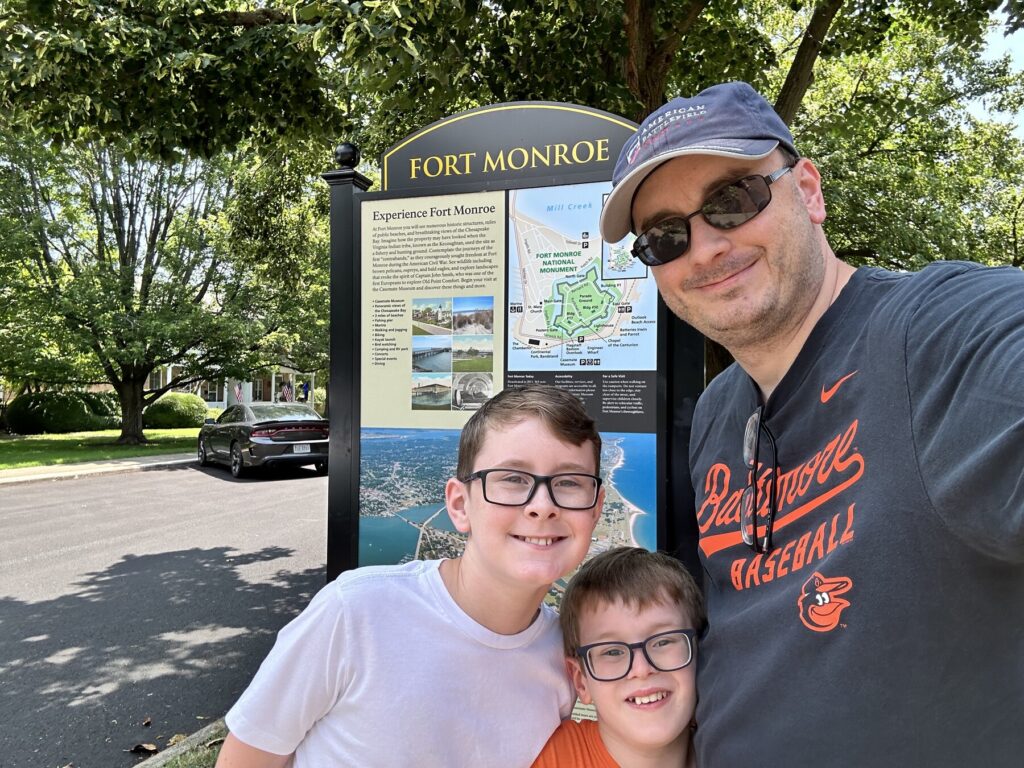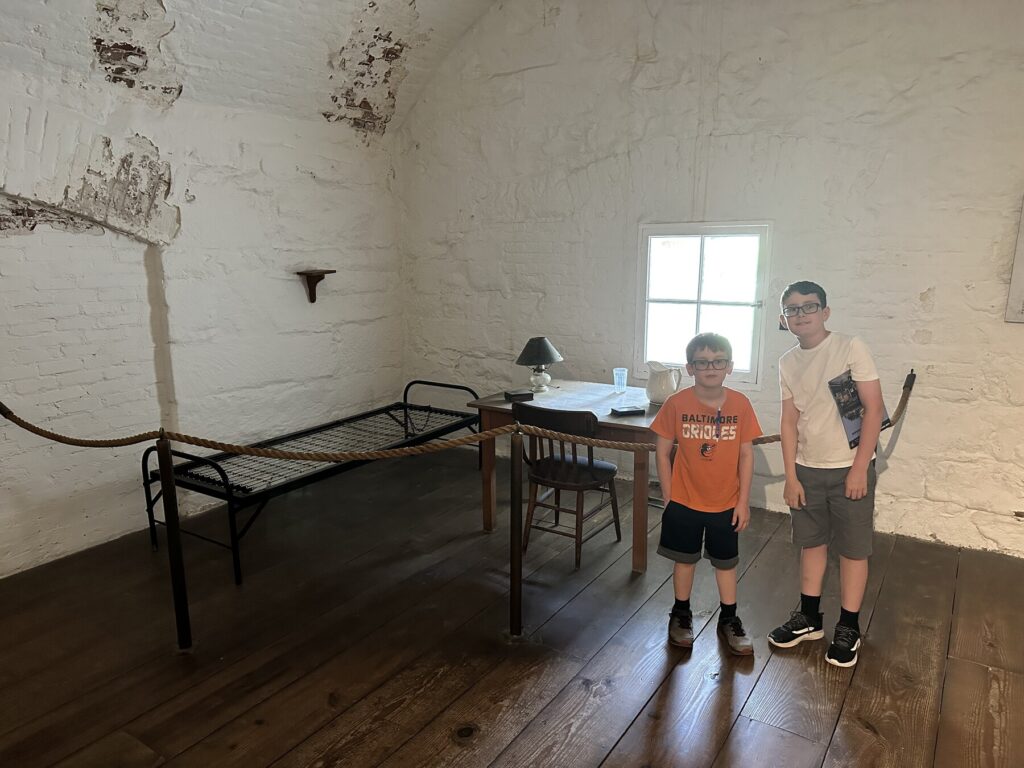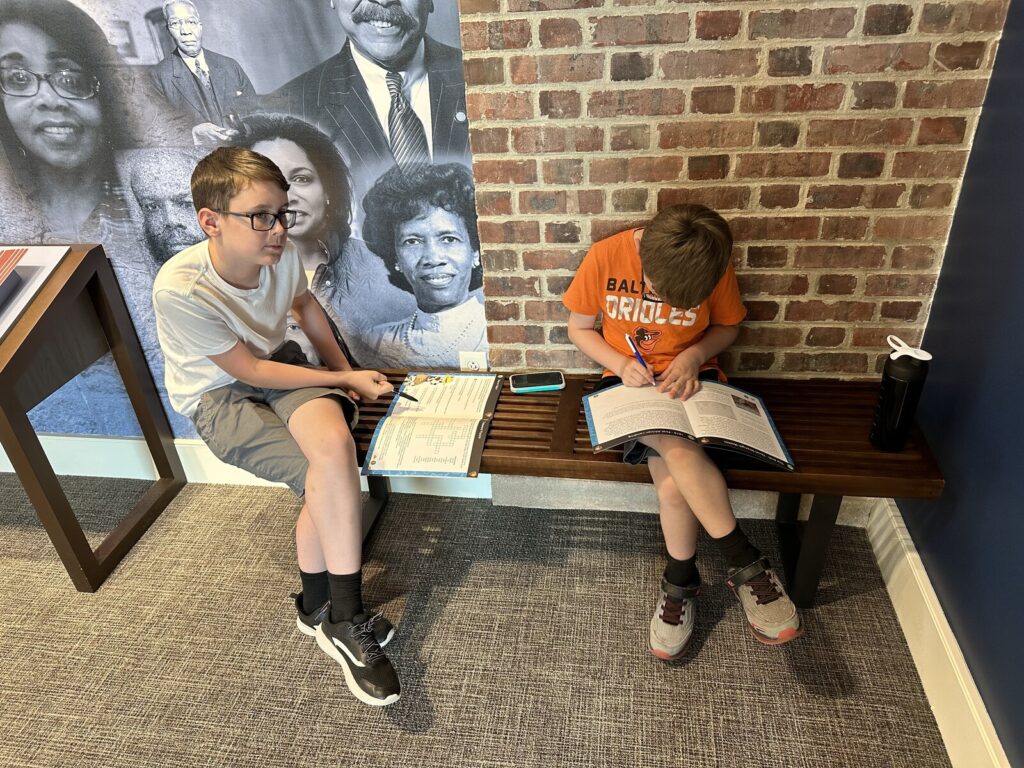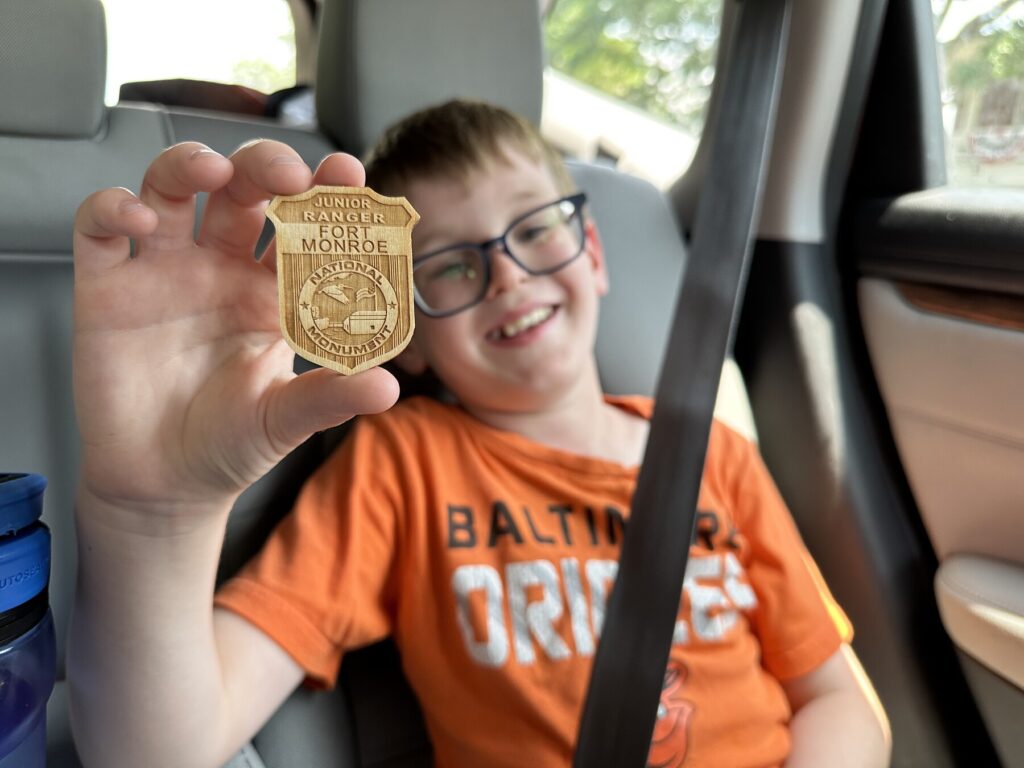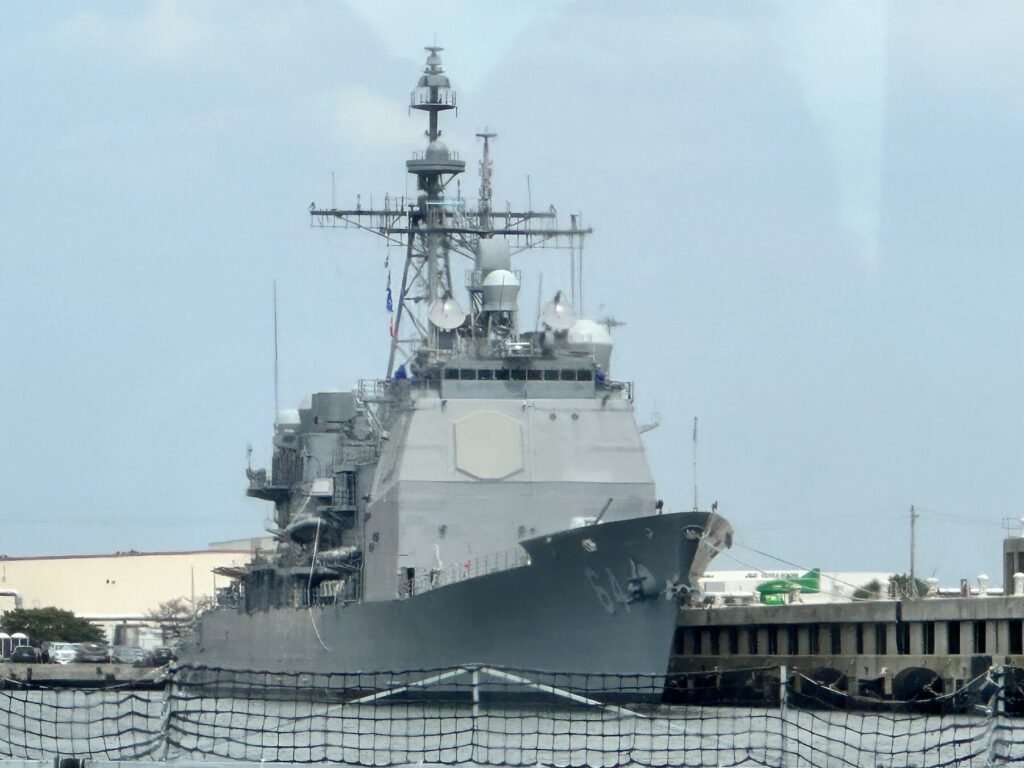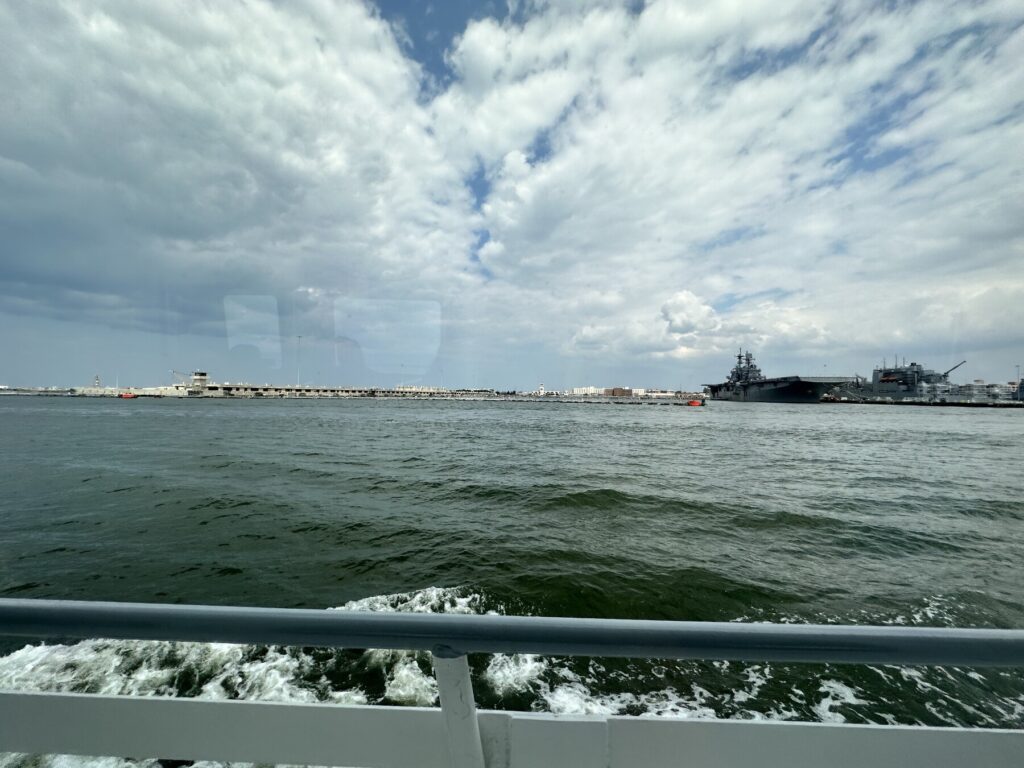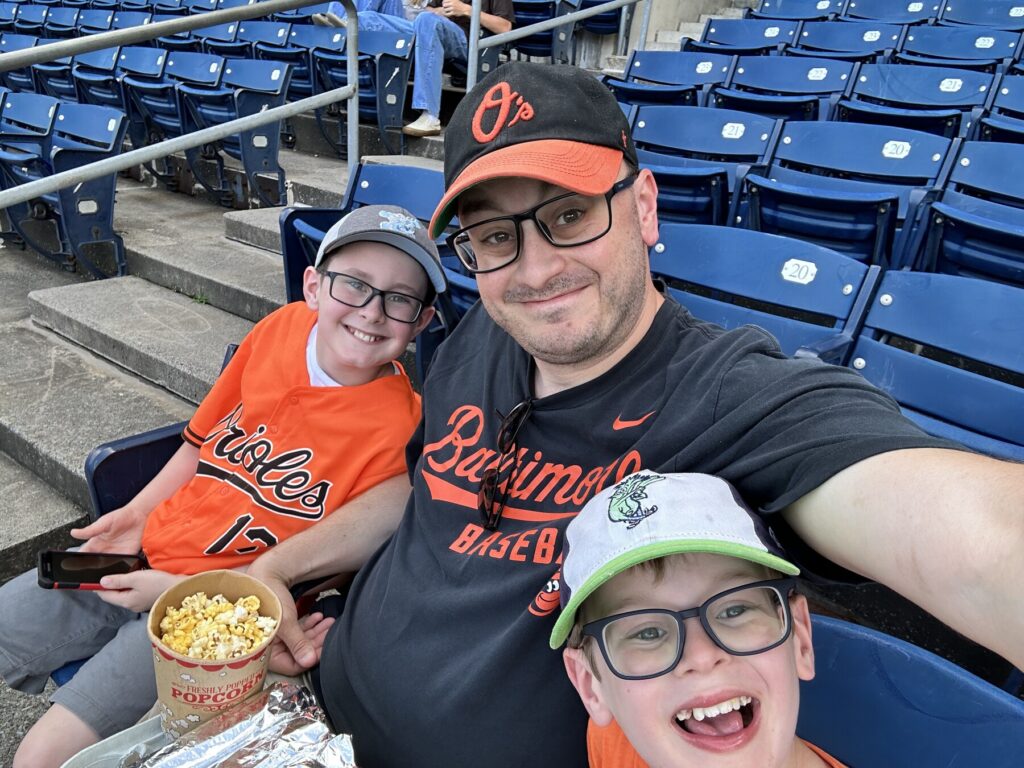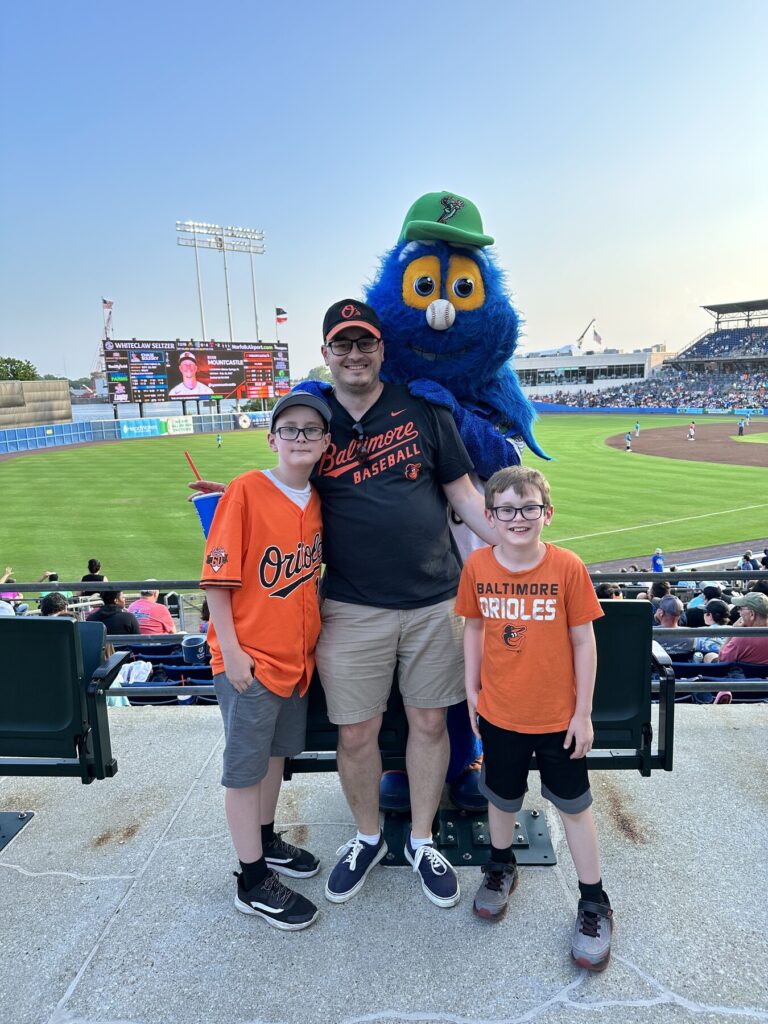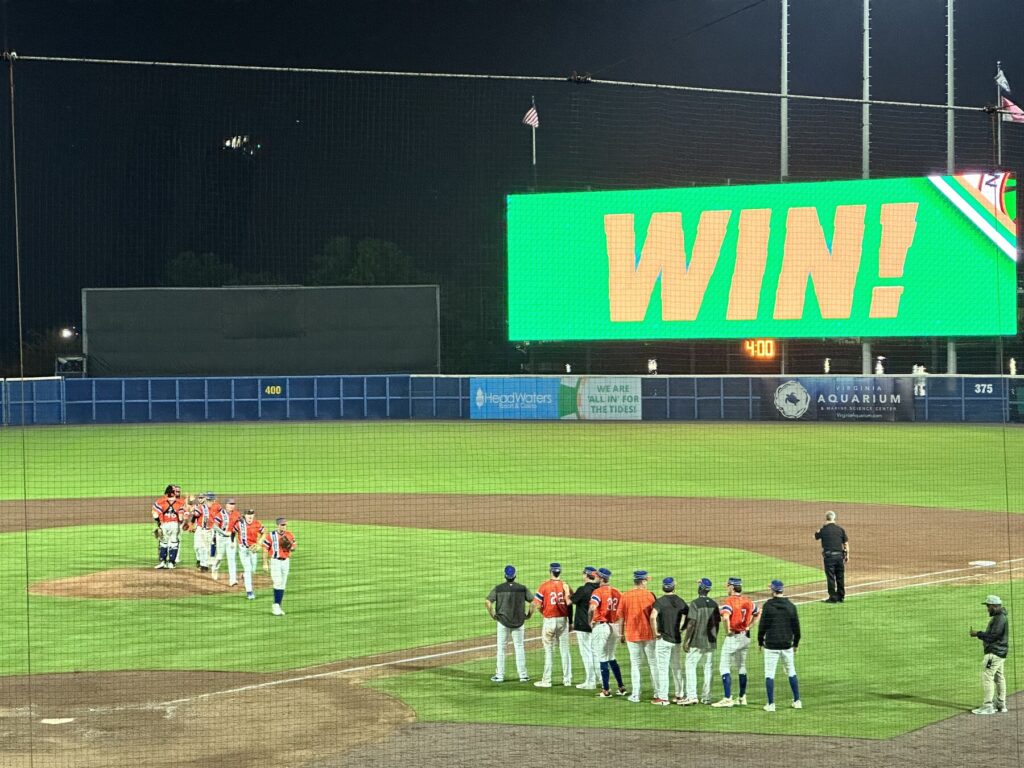Battlefield Visits, Revolutionary War Edition: The Battle of Brandywine
A couple of weeks ago, the boys and I went up to Brandywine Battlefield State Park because they were opening their season with a celebration of the 343rd birthday of Pennsylvania. There were going to be living history demonstrations, and free admission – can’t beat that!
We’ve been to Brandywine a few times before, but we’ve only just visited the park – which does hold the house that George Washington used as his headquarters during the battle – but I’ve never actually been out on the field where the fighting of the Battle of Brandywine actually happened. These days, most of it is either neighborhoods, or still privately-held farm land. That seems to be slowly changing with organizations like the American Battlefield Trust picking up more property there and setting up some interpretation.
It took us about an hour to drive up, and along the way I had John read a battle overview out loud from one of my books. We discussed what was going on with the war at the time, and I let the boys look at a few maps, too. I think it really helped with getting them engaged in what we were about to see.
We started our tour at Jefferis’ Ford where Gen. Sir William Howe’s British troops crossed the Brandywine and started the move to turn the American right flank. I had to explain to the boys what a ford was – maybe we need to play more Oregon Trail. Seeing the boys get a little spark as I explained that the British marched right along this road we were standing next to – that’s the reason I love doing things like this with them. There are a few cool markers down there – including two relatively new ones that I was able to add to the HMDB!
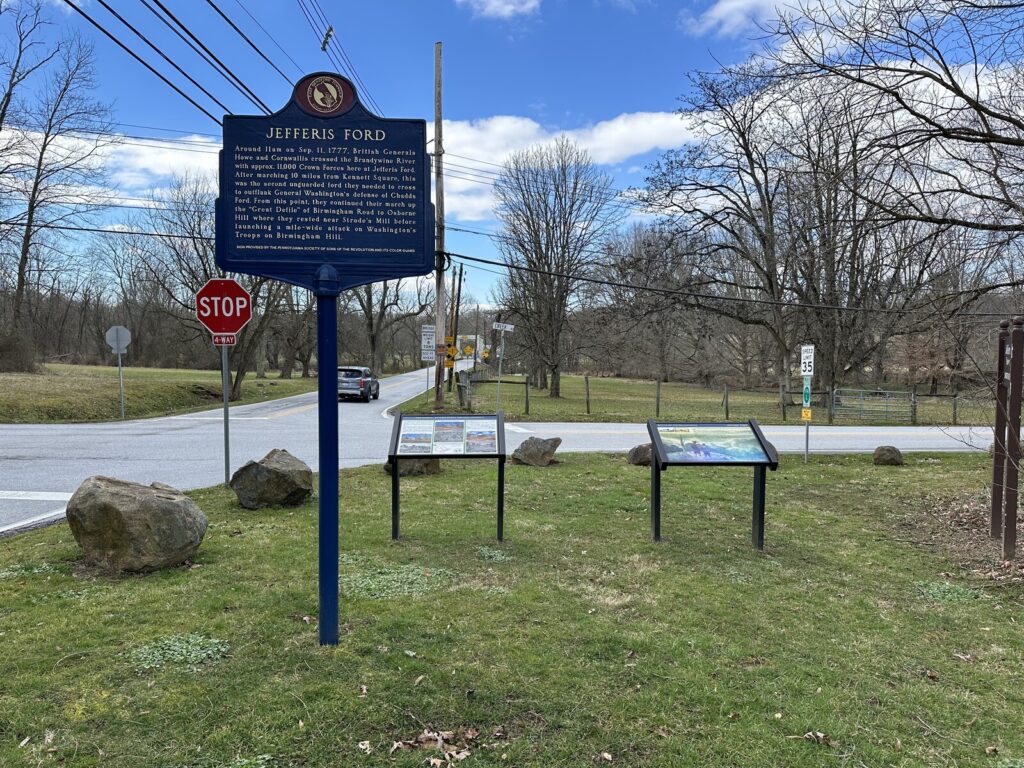
Continuing on, we followed the route of the British and made our way to Osborne’s Hill where we got out to see the view and imagine the battle lines forming for the assault. Luckily for the Americans, Howe gave his men some time to rest after their all-day march, so there was some time for a defense to be put up. It wouldn’t be enough, though.
Our next stop was at the Birmingham Lafayette Cemetery where we saw some more monuments, as well as the Friends Meeting House. Across the street at the Birmingham Hill Preserve, we got to add another new marker.
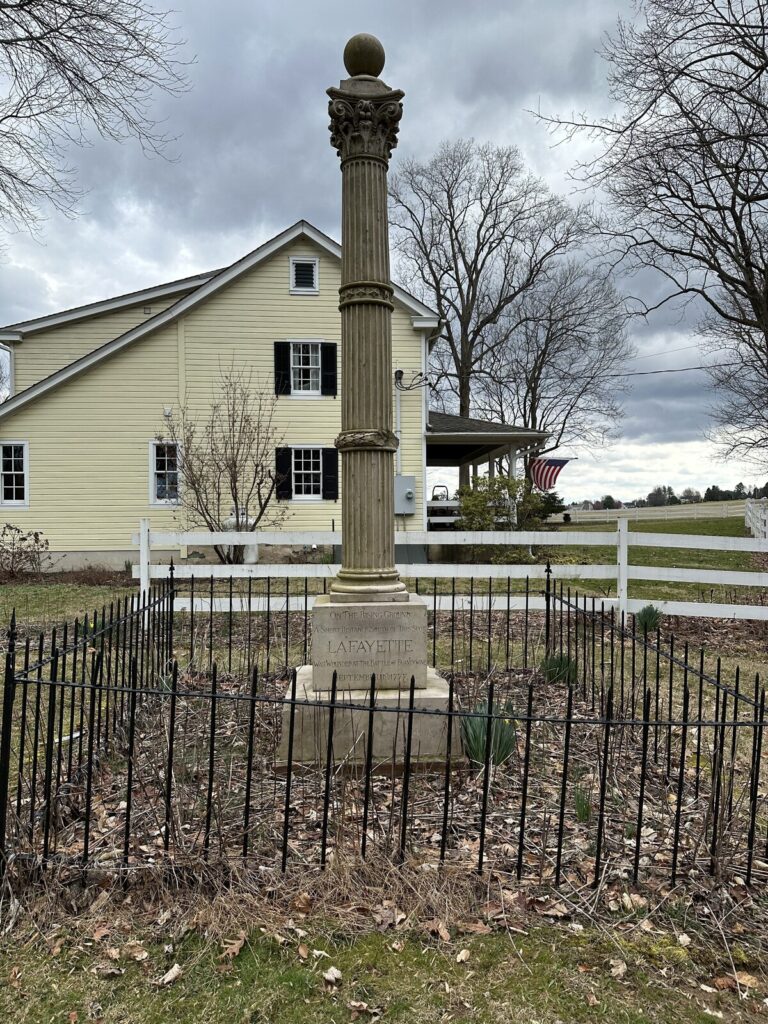
My most exciting monument addition of the day came next: The Lafayette Memorial near the site of his wounding. This has been here since 1895 – how had it not been added to the database yet? Lafayette came back to visit the site after the battle and spoke fondly of his experiences there, despite the wound.
Around the corner from there, we came to the Sandy Hollow Heritage Park. This park preserves the American right flank, and I have to say – the position seems remarkably defensible. I’m going to have to do some deeper reading on the Battle of Brandywine, because I have no idea how this position could have fallen – especially with some artillery support.
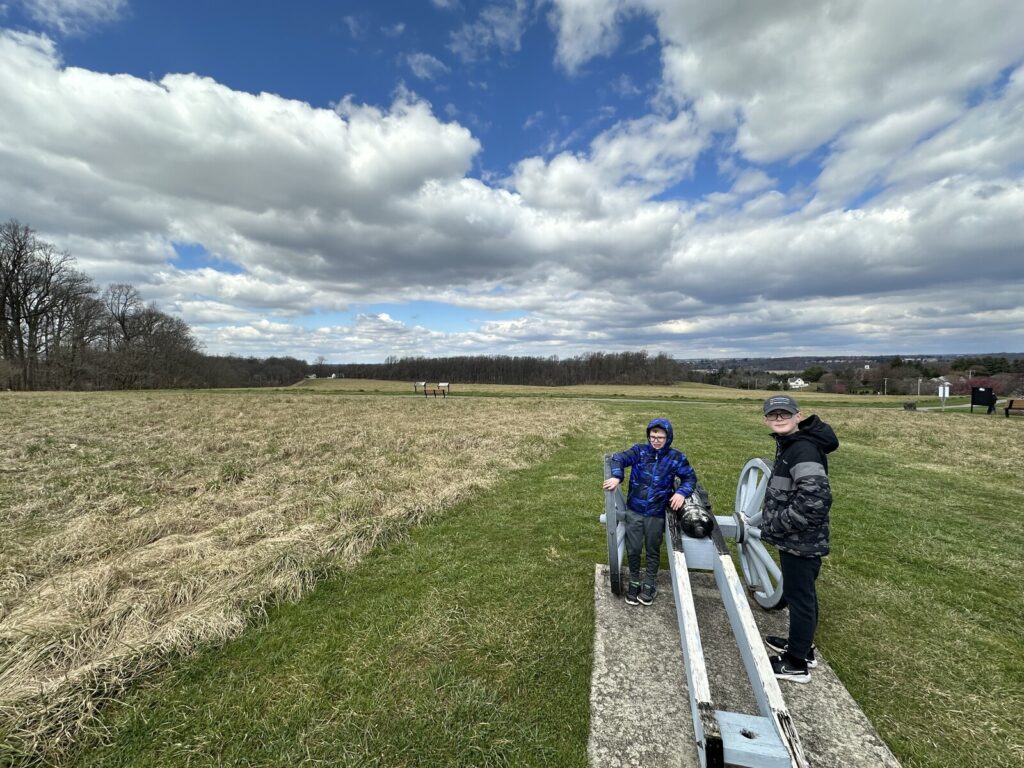
It was a quick drive over to the crossroads of Dillworthtown and past the site of the British camp after the battle. Maj. Gen. Nathaniel Greene’s last line of defense was also in this area, allowing the American army to escape mostly intact. This was the second-largest battle of the Revolution and I don’t think it gets the attention it deserves – probably because the preservation of the field is so spotty. Maybe that will get better.
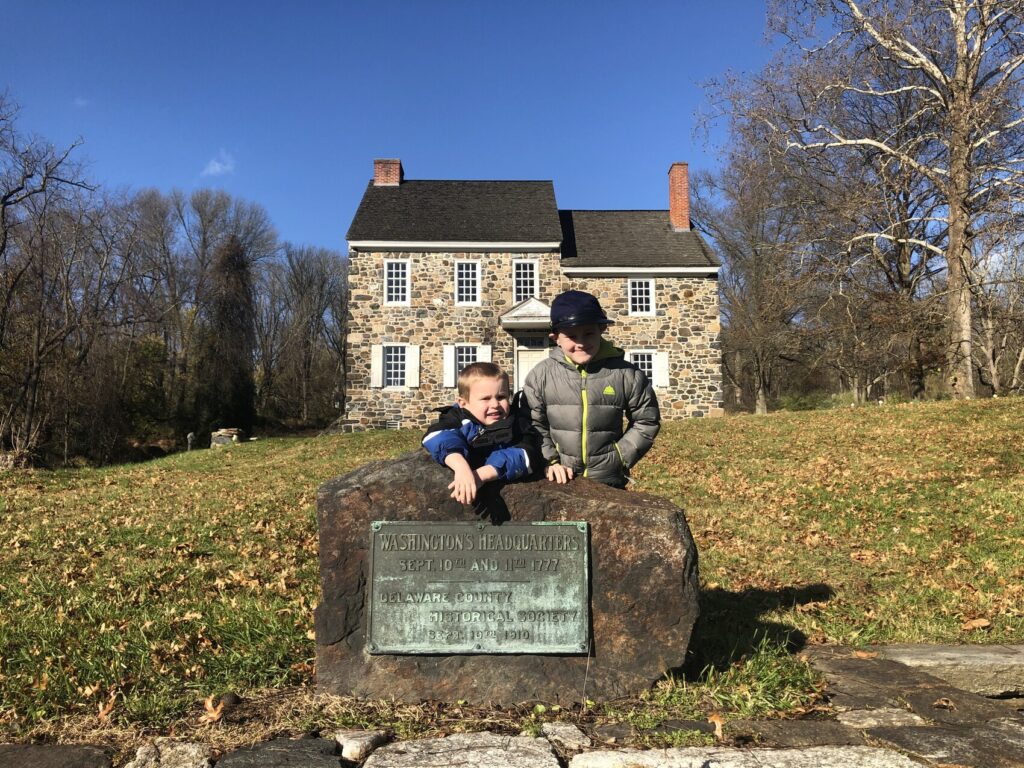
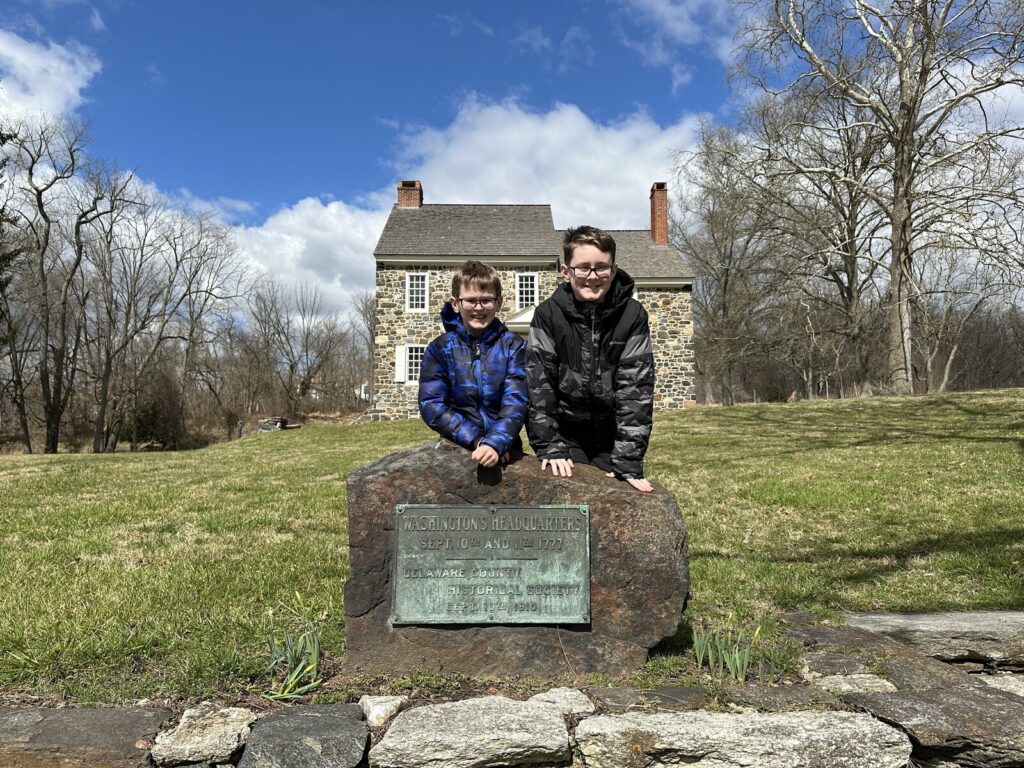
After our tour of the field, we stopped at the park visitors center and checked out the museum and their cool 20-minute film. Isaac in particular told me that the movie helped him understand things a bit better. We got a quick photo at the Benjamin Ring House to re-create one we had taken a few years ago (and we added another surprising historical marker in the process).
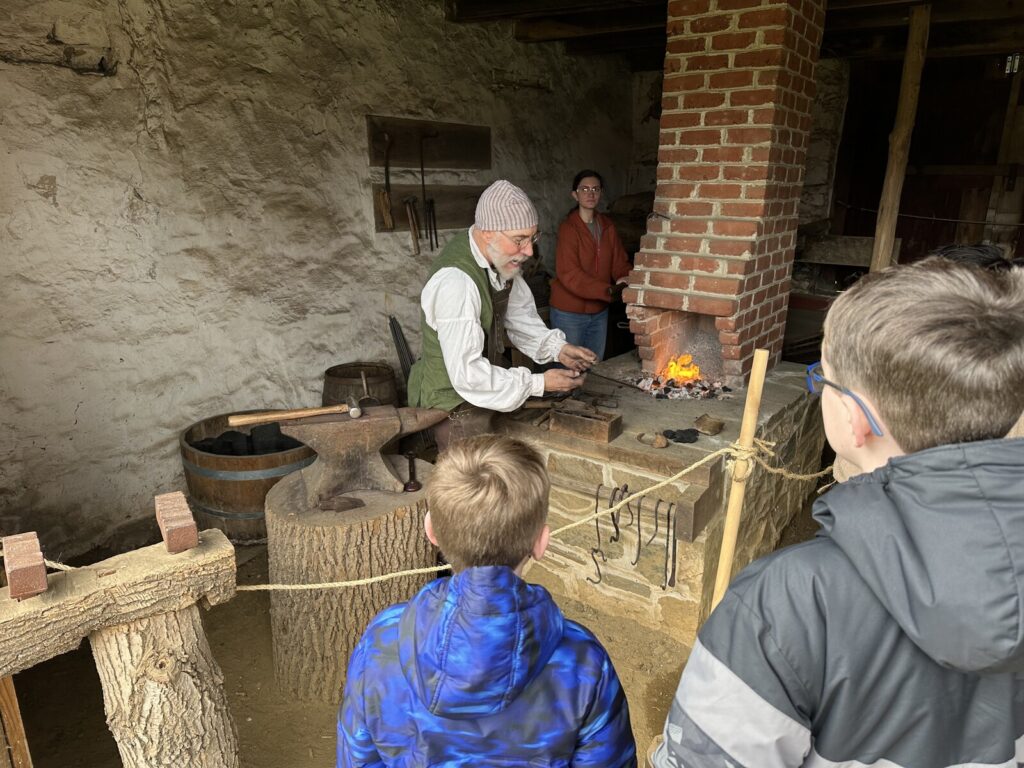
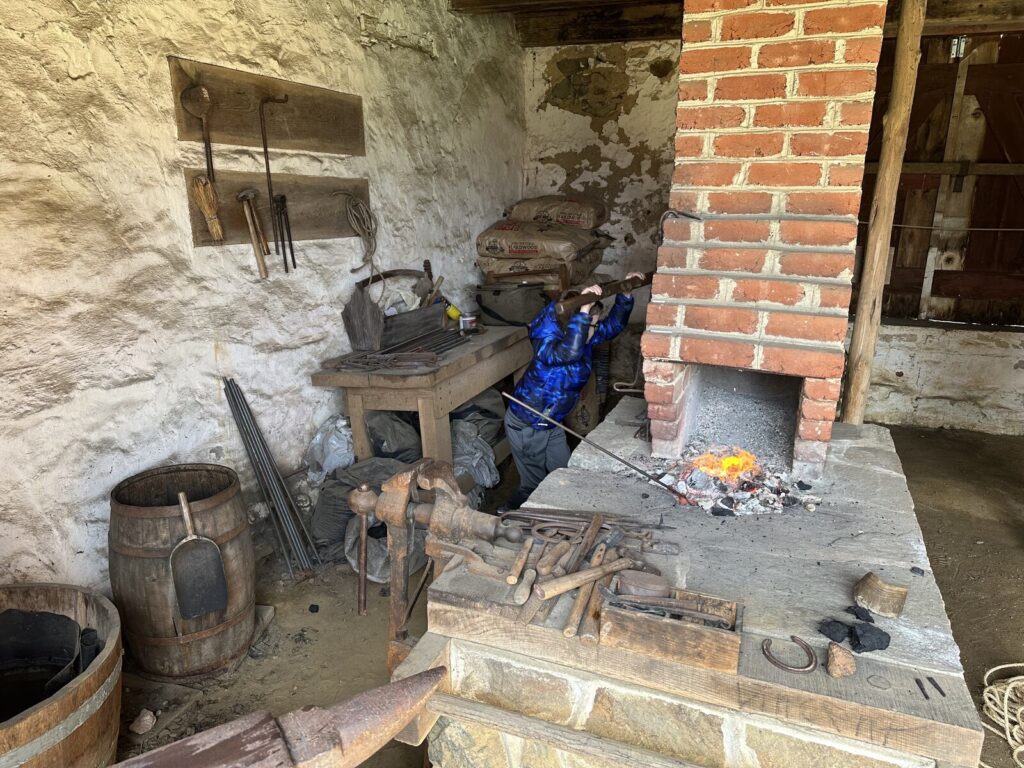
Then, it was living history time! Over at the Gilpin House, there were interpreters discussing surveying, cooking, and weapons, but we gravitated to the blacksmith demo. The boys even got to participate by working the bellows and stoking the fire up to around 2000 degrees so the blacksmith could show how nails were made in the 18th century. For their efforts, the boys got to keep two of the nails they helped make. They were both really proud of them.
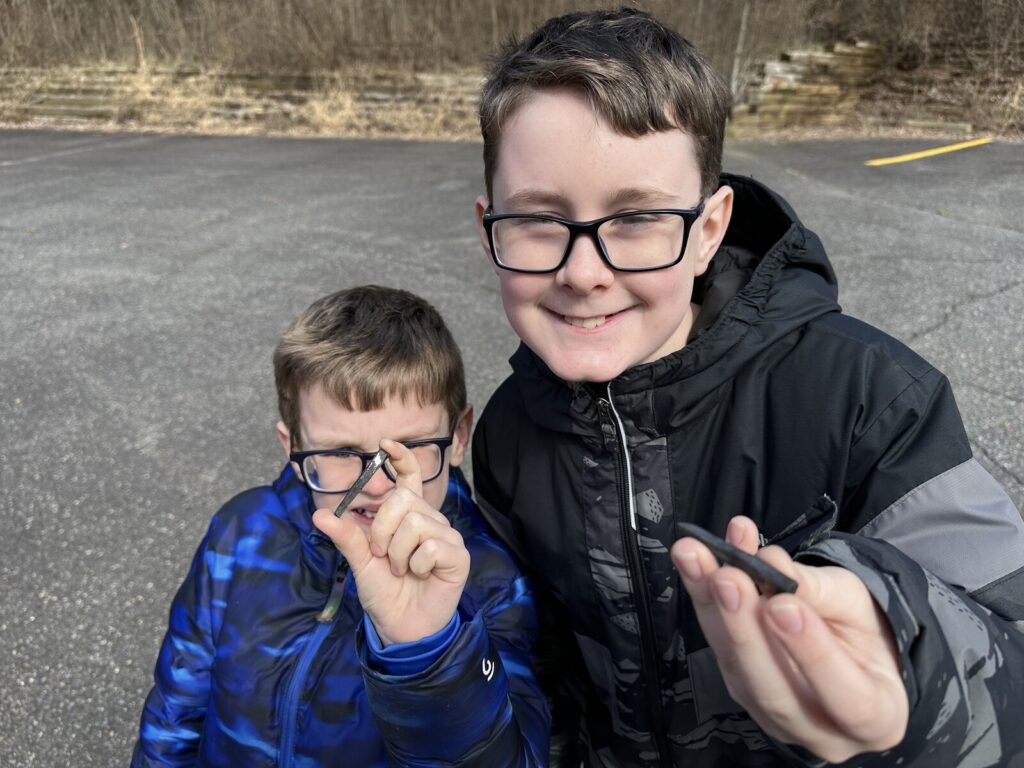
It was a really great outing. With just a couple of hours, we got to see, experience, and learn so much. I’m glad that we went, and that we went a little off the beaten path as well. I’m hopeful that the boys will treasure these memories as much as I do.
